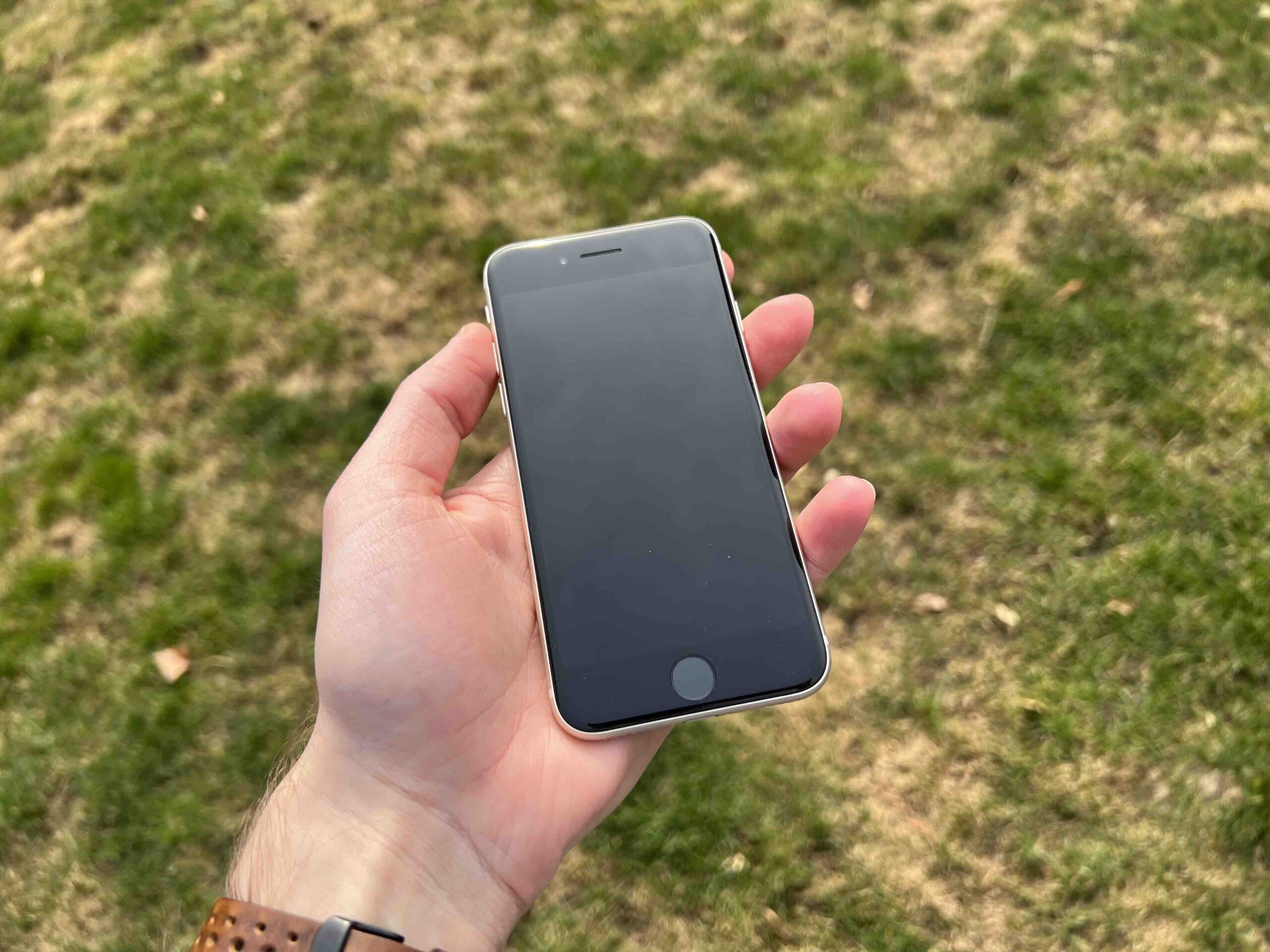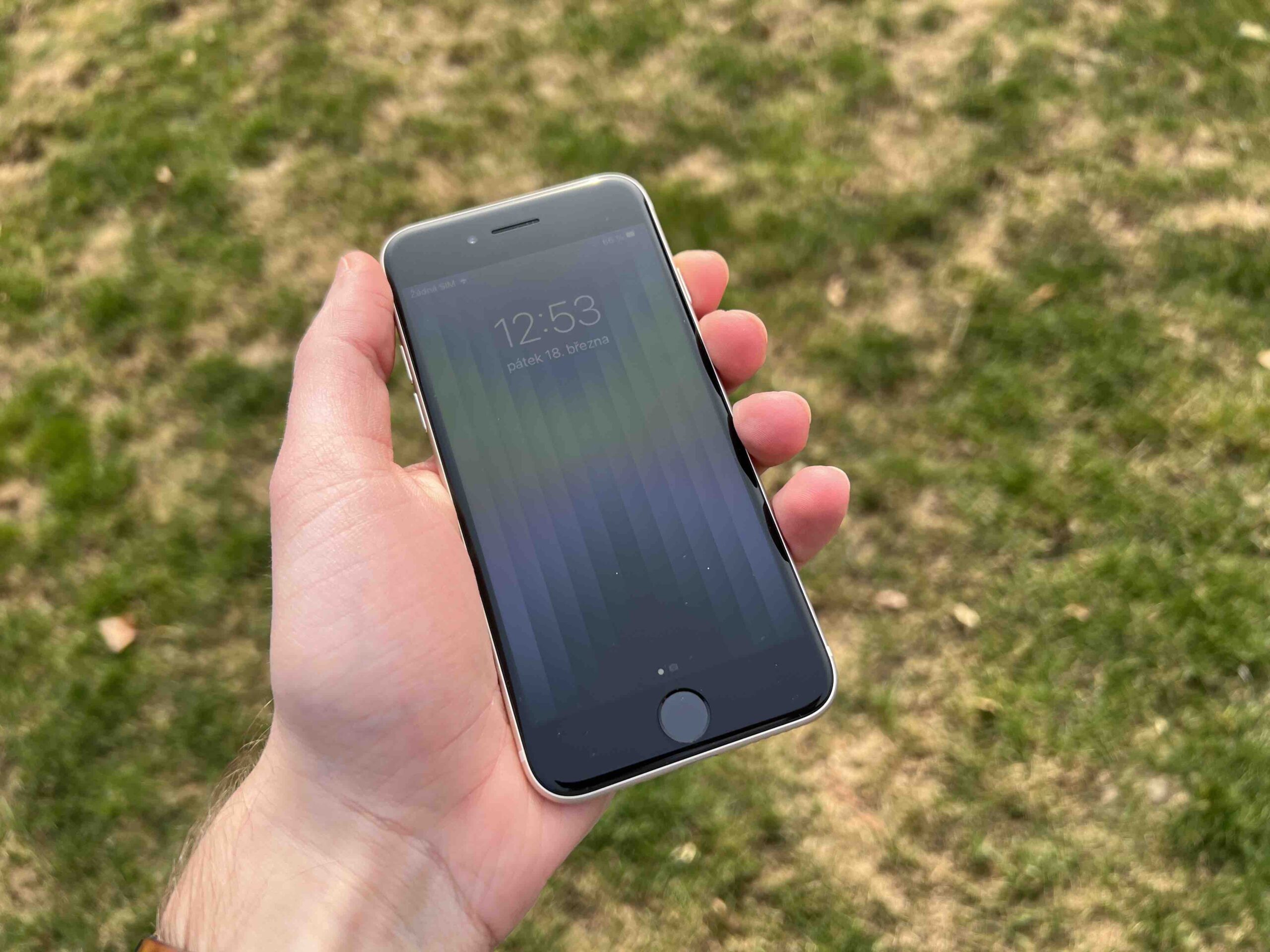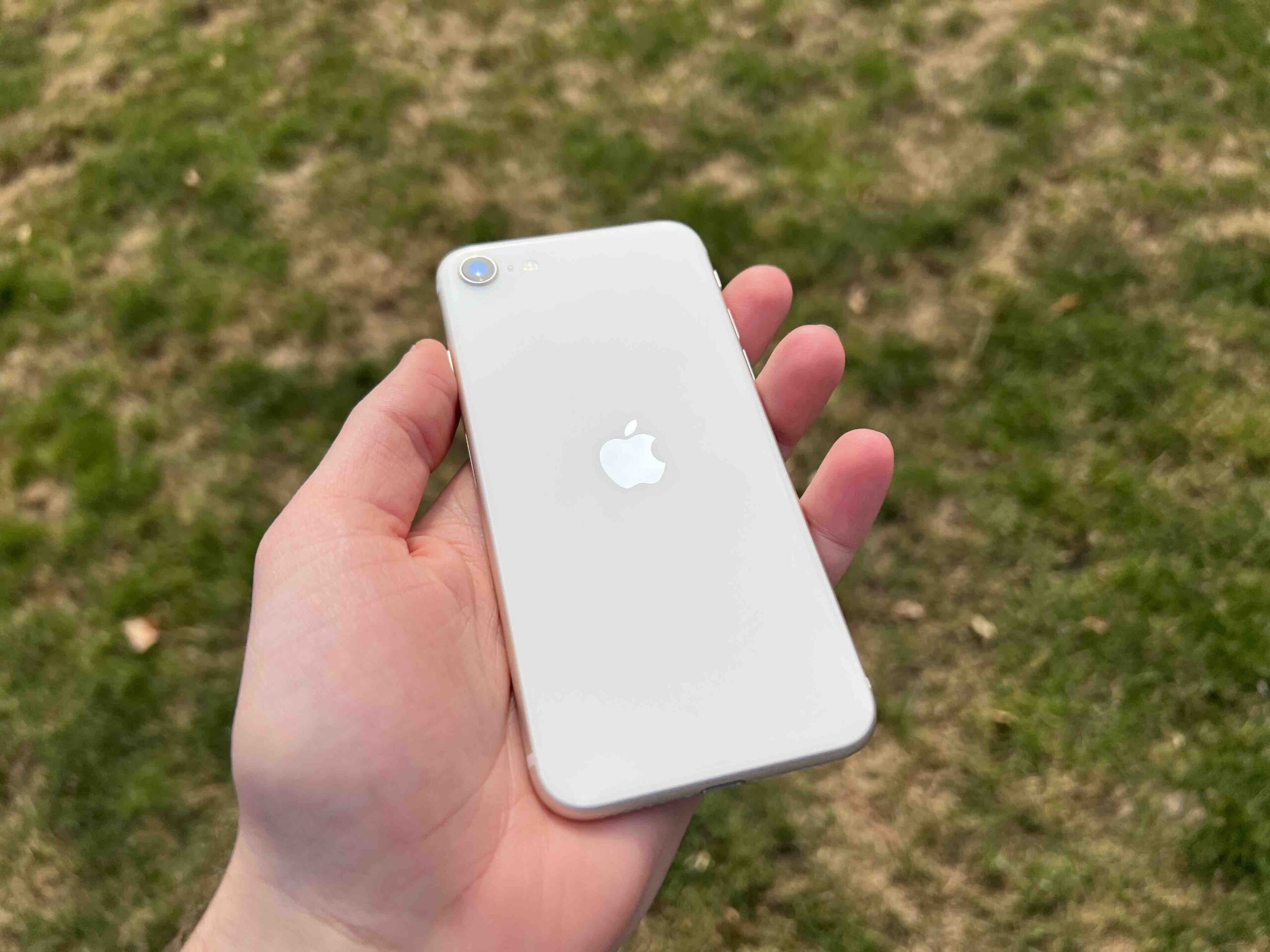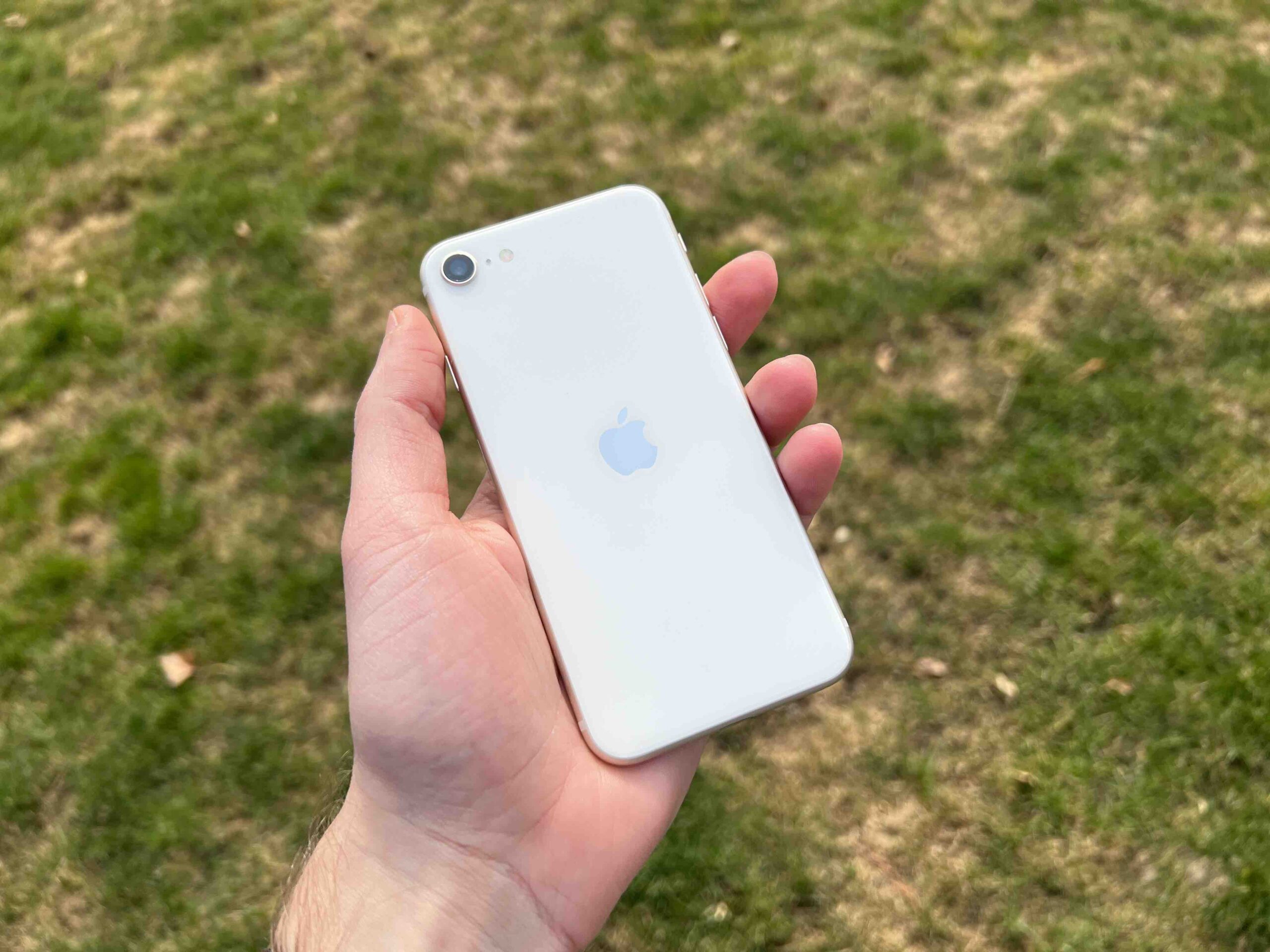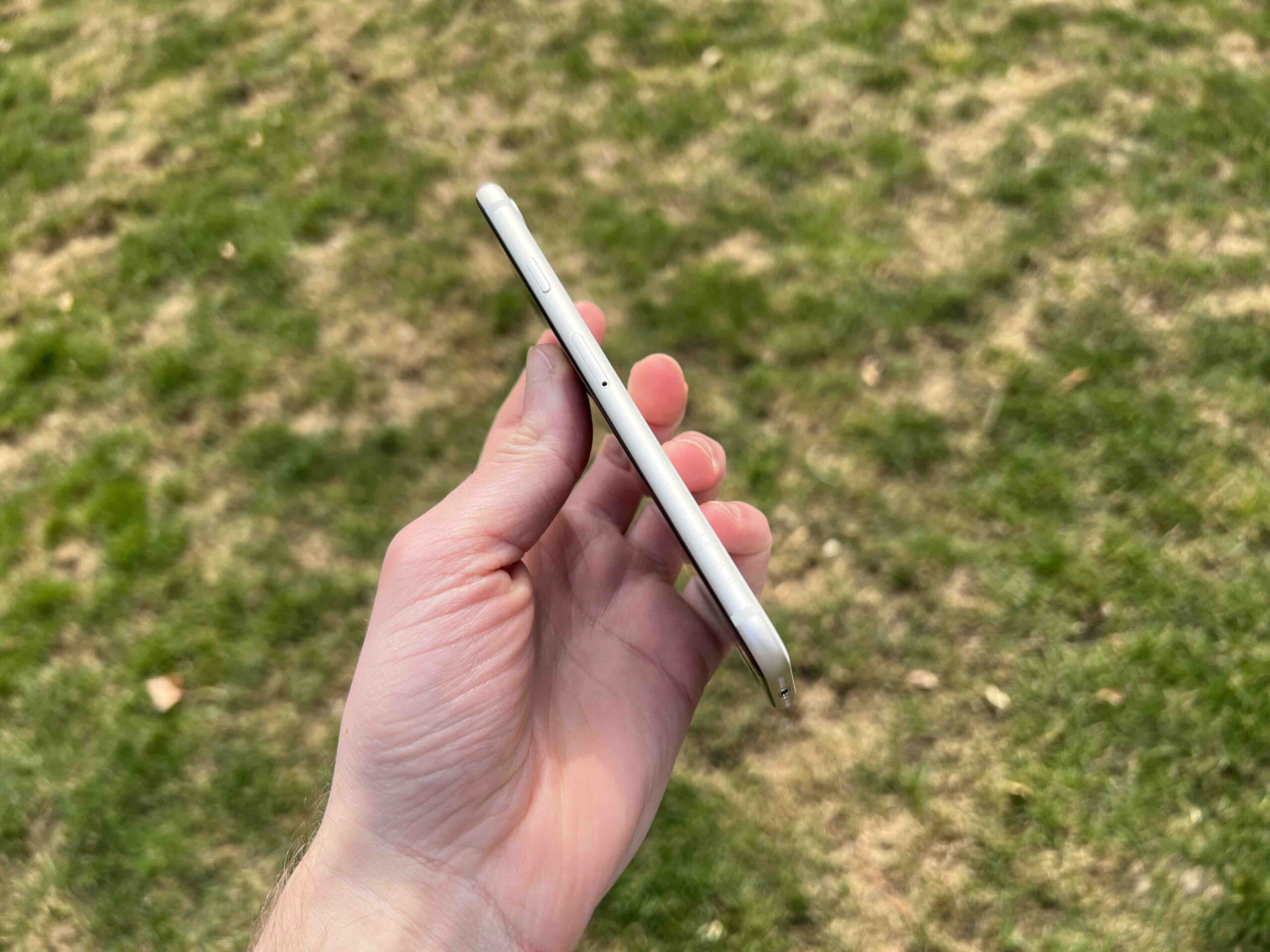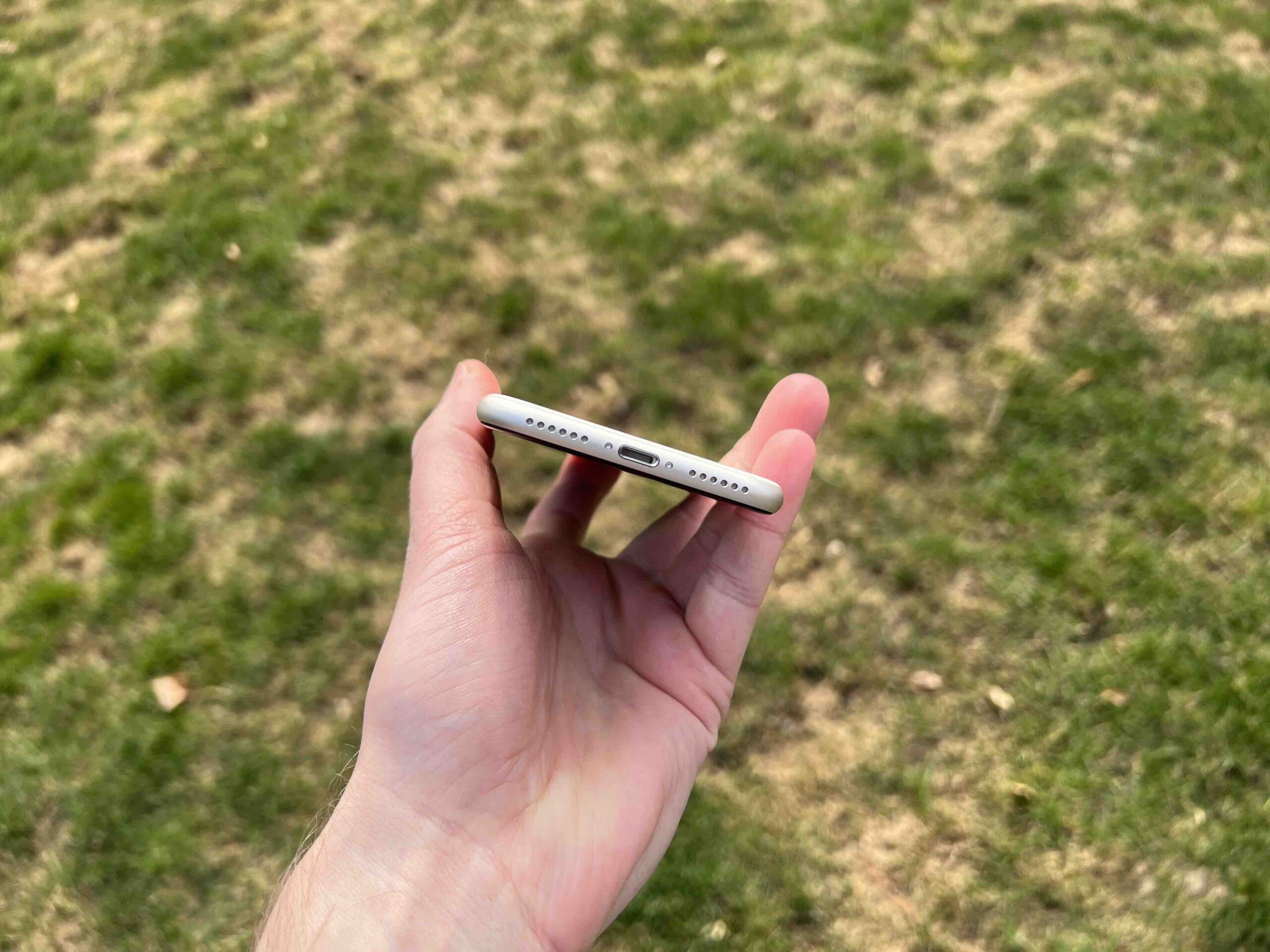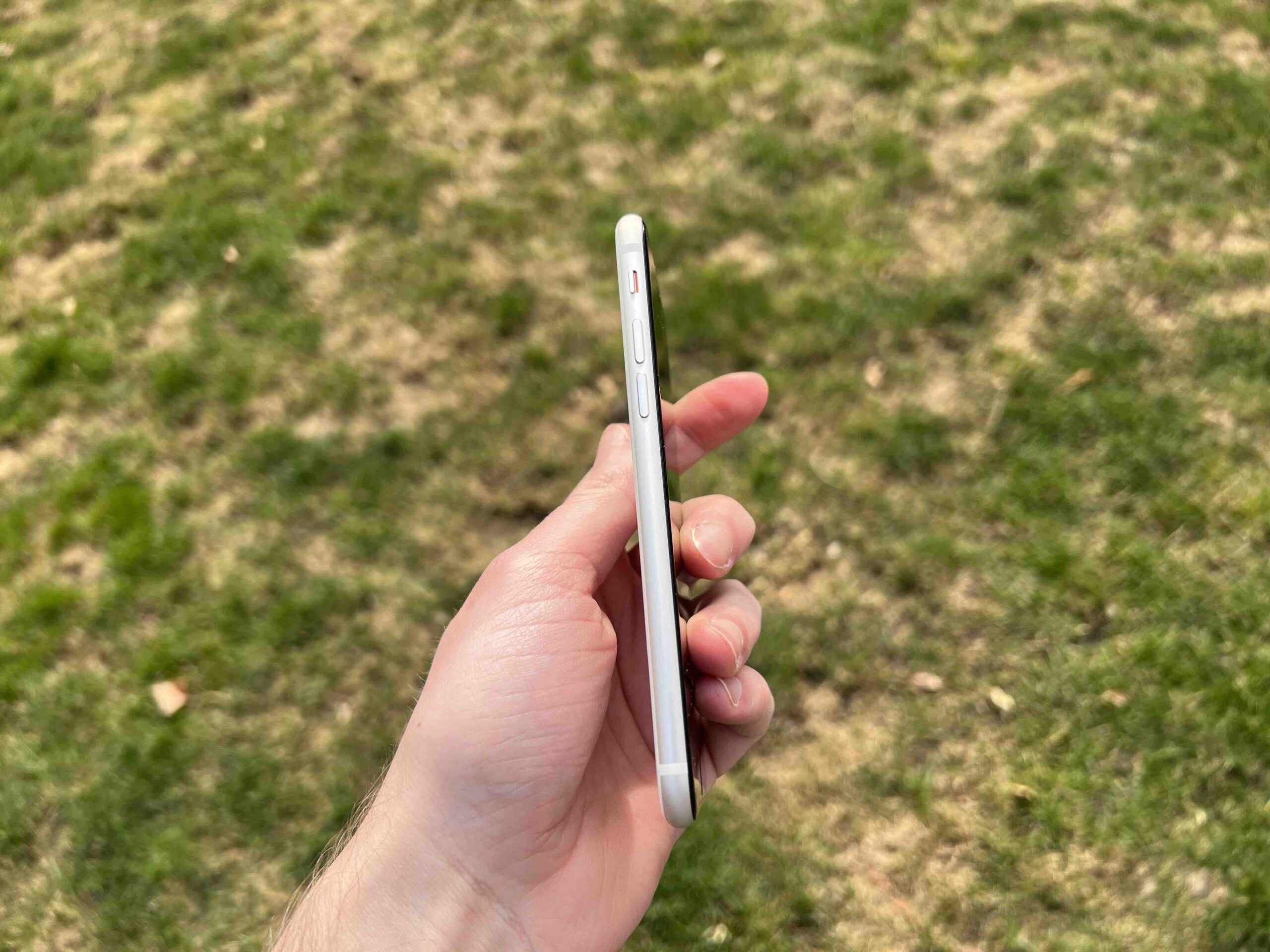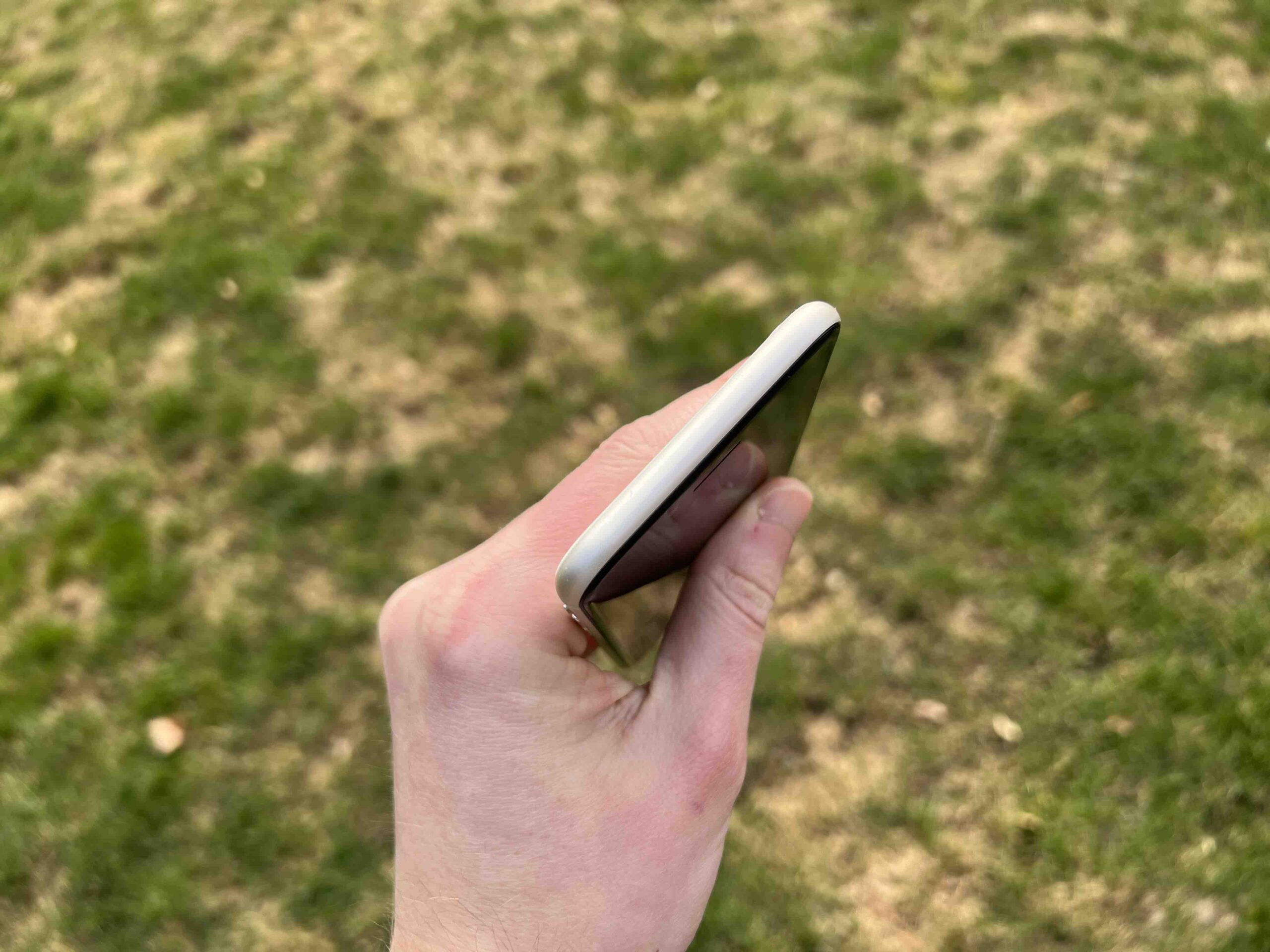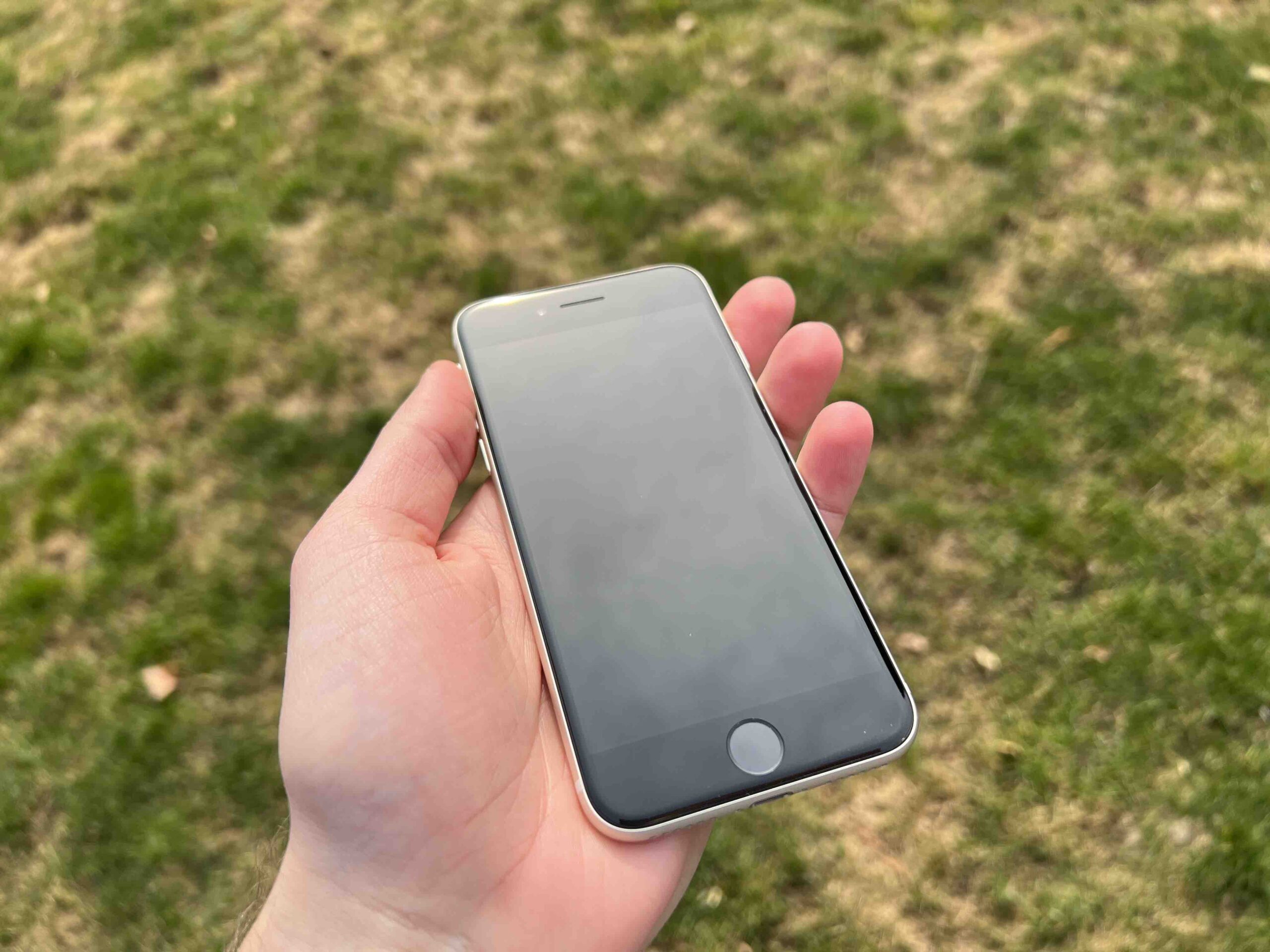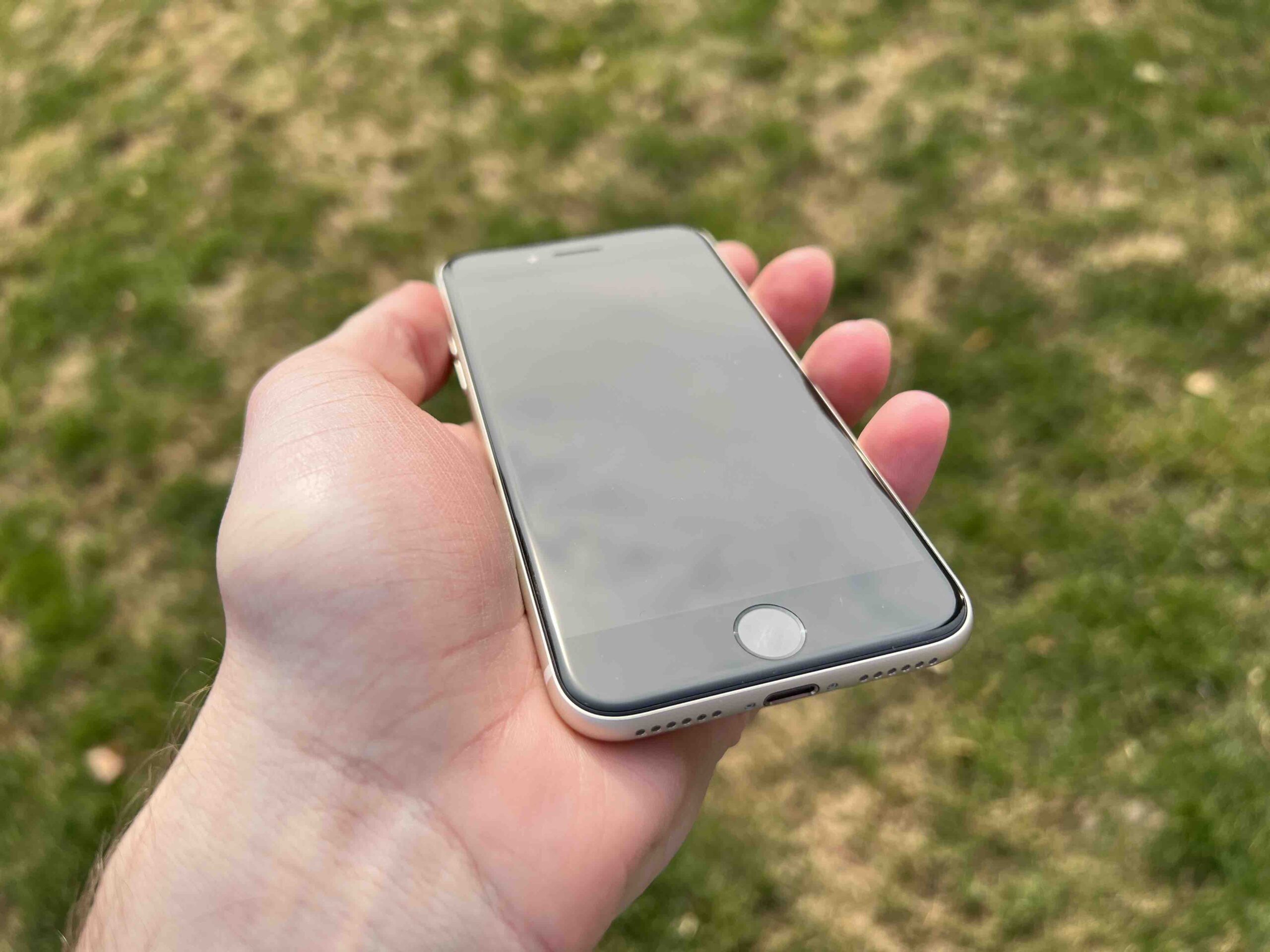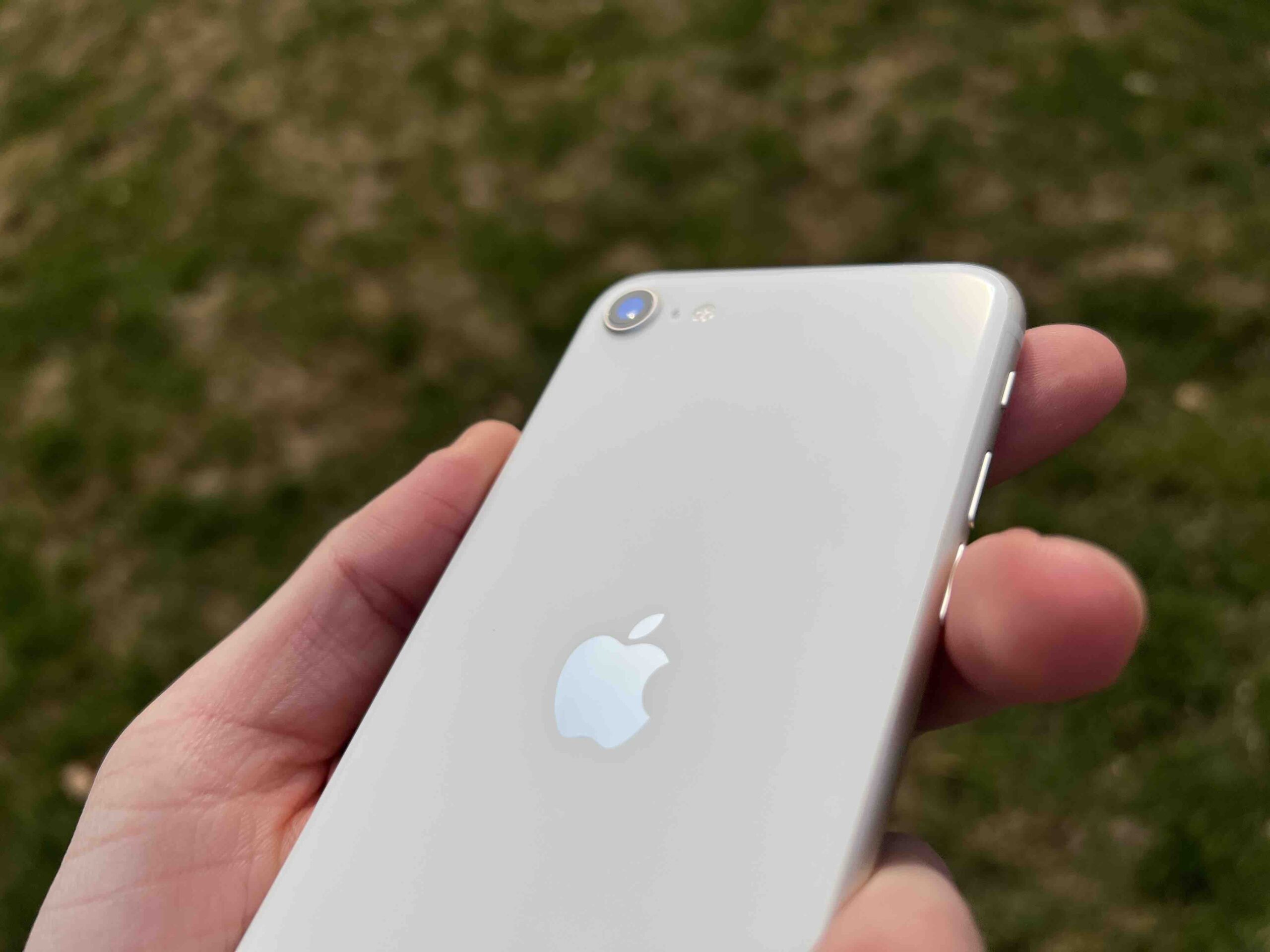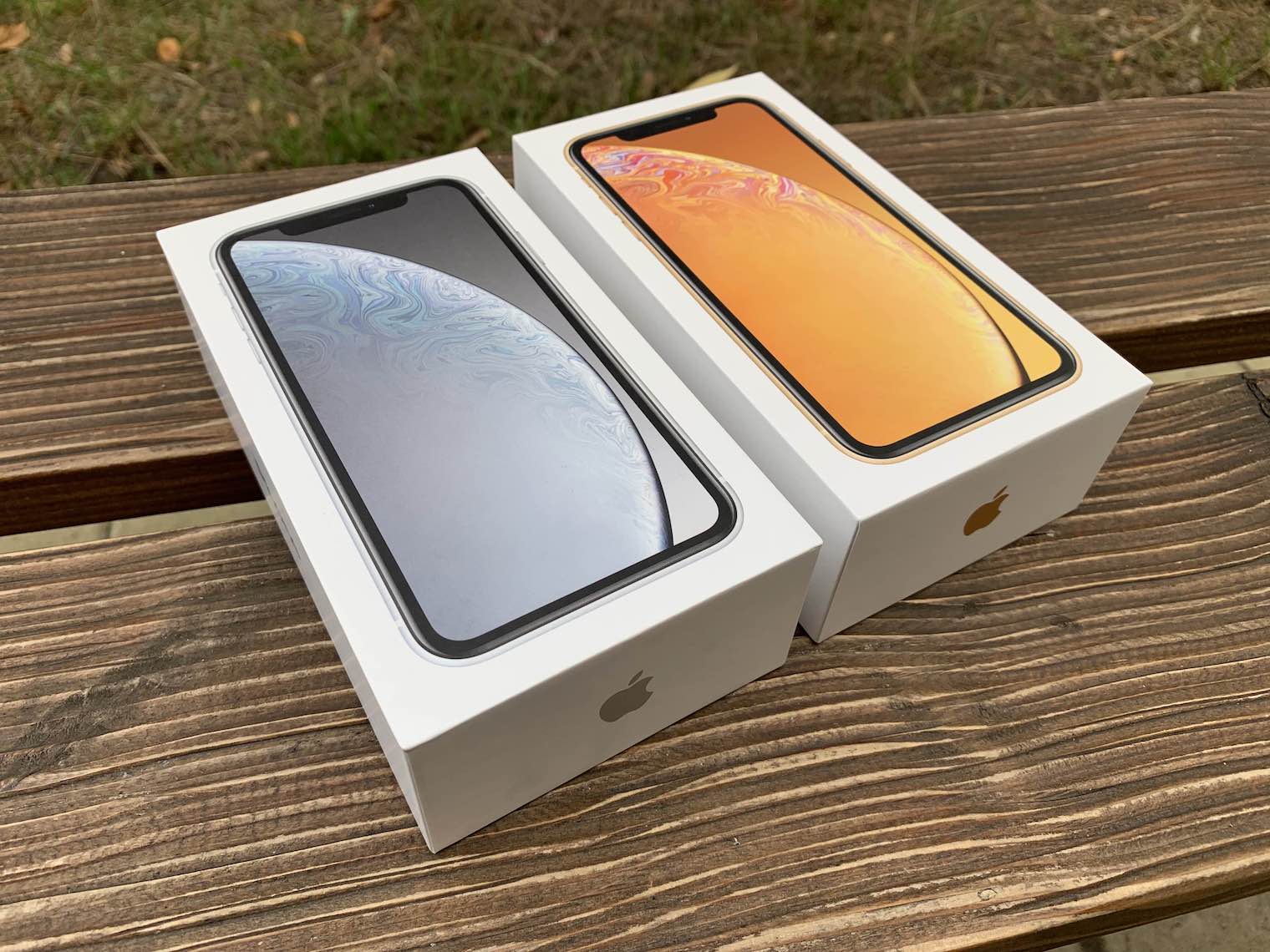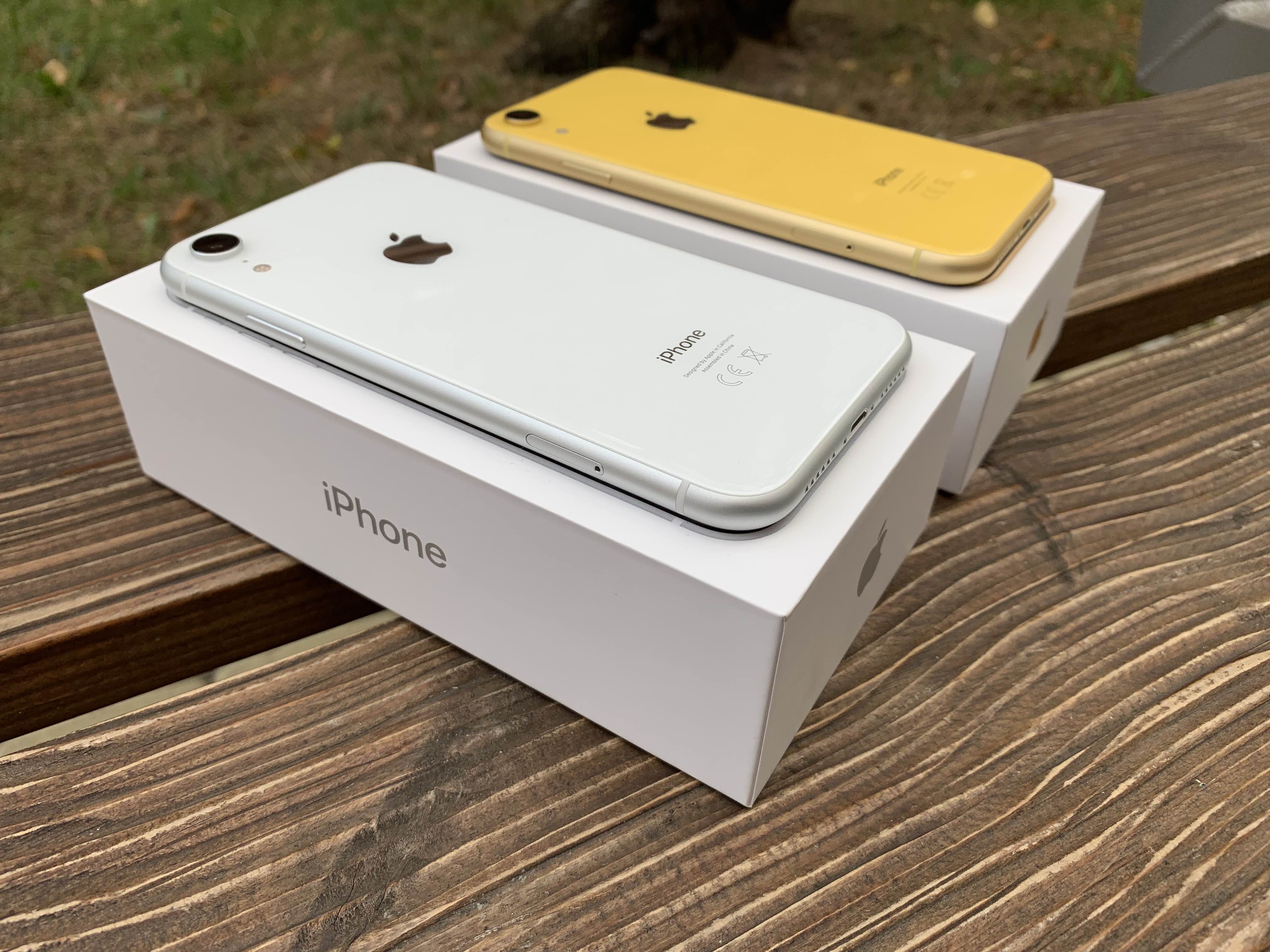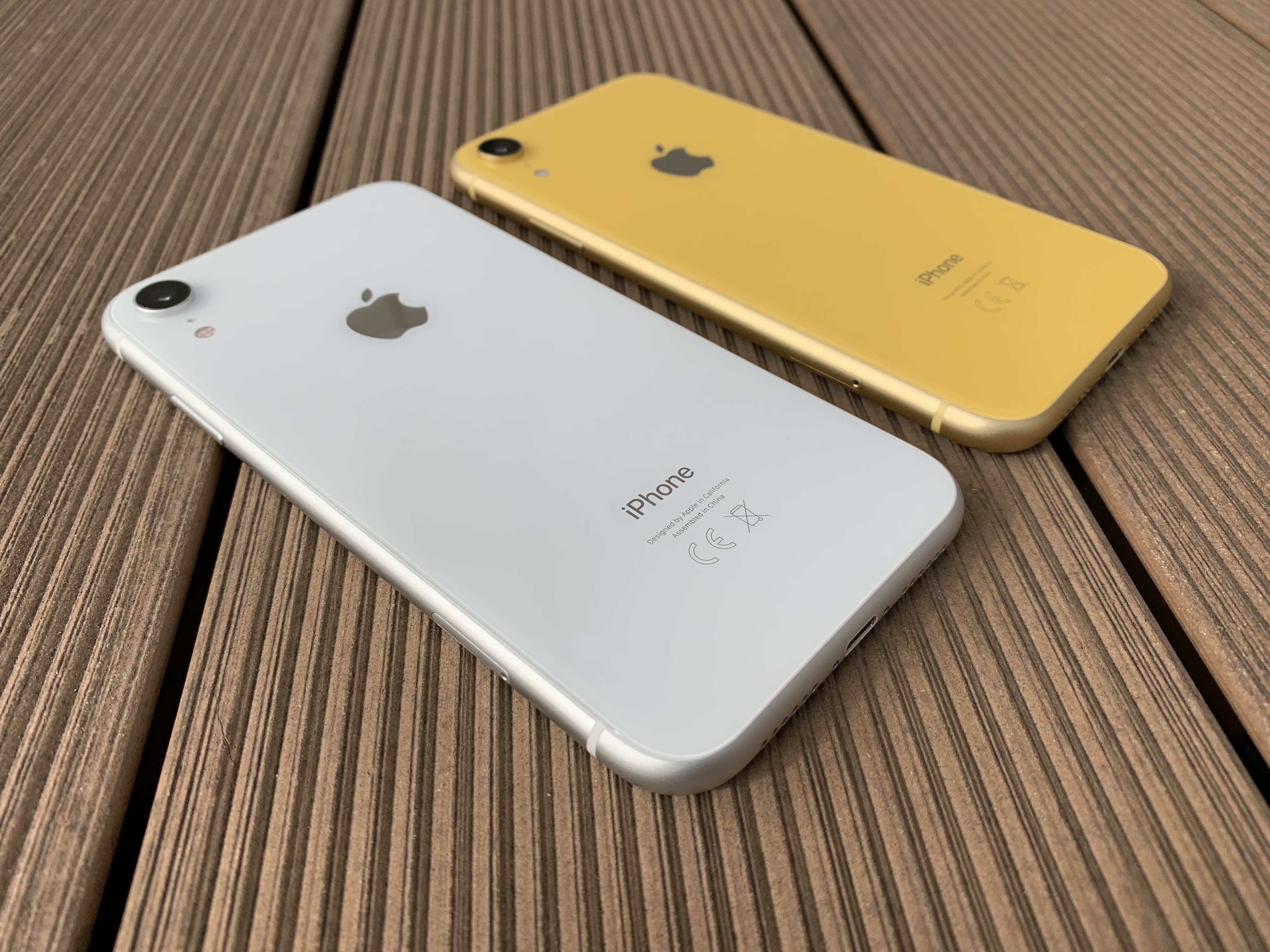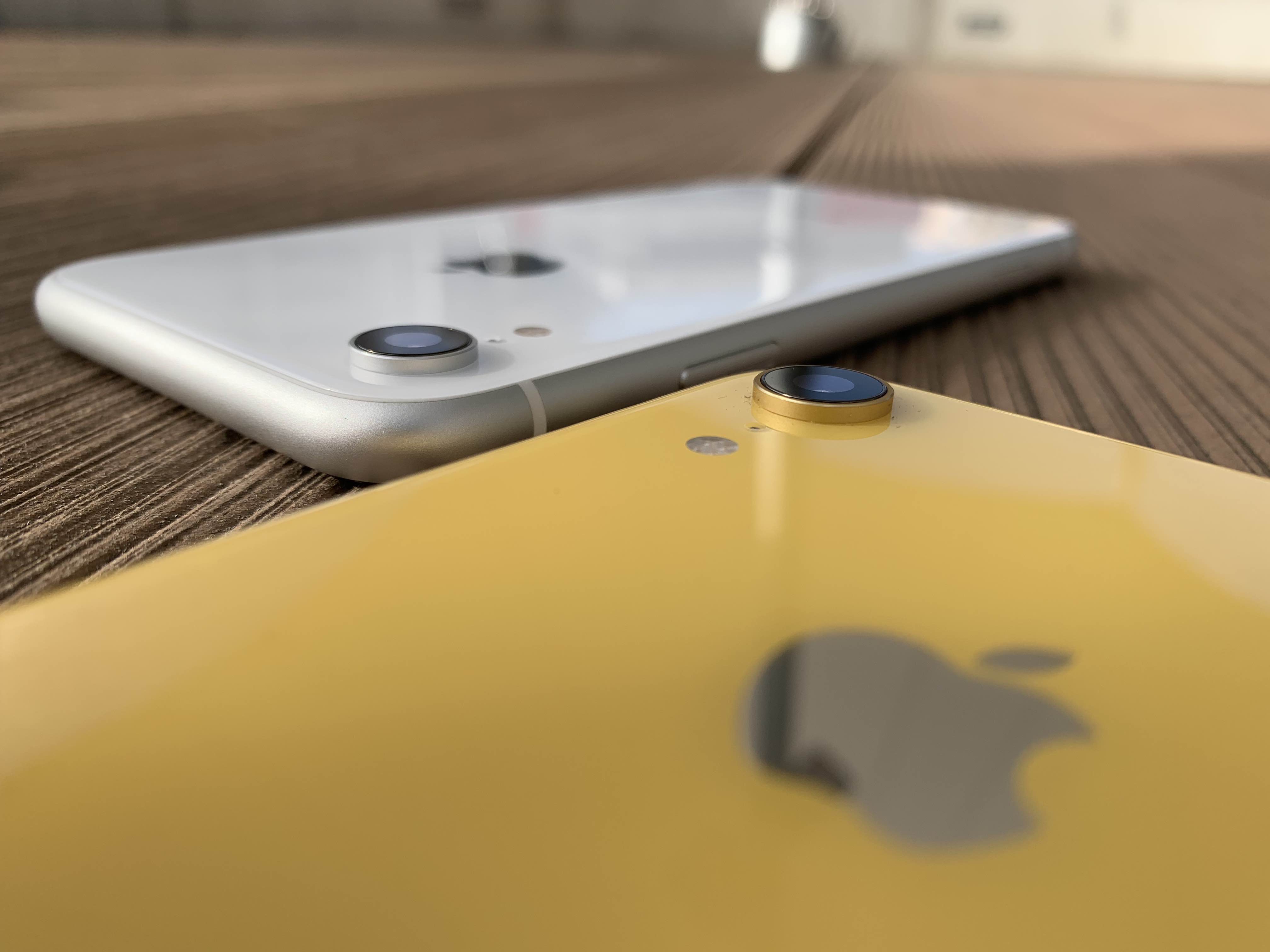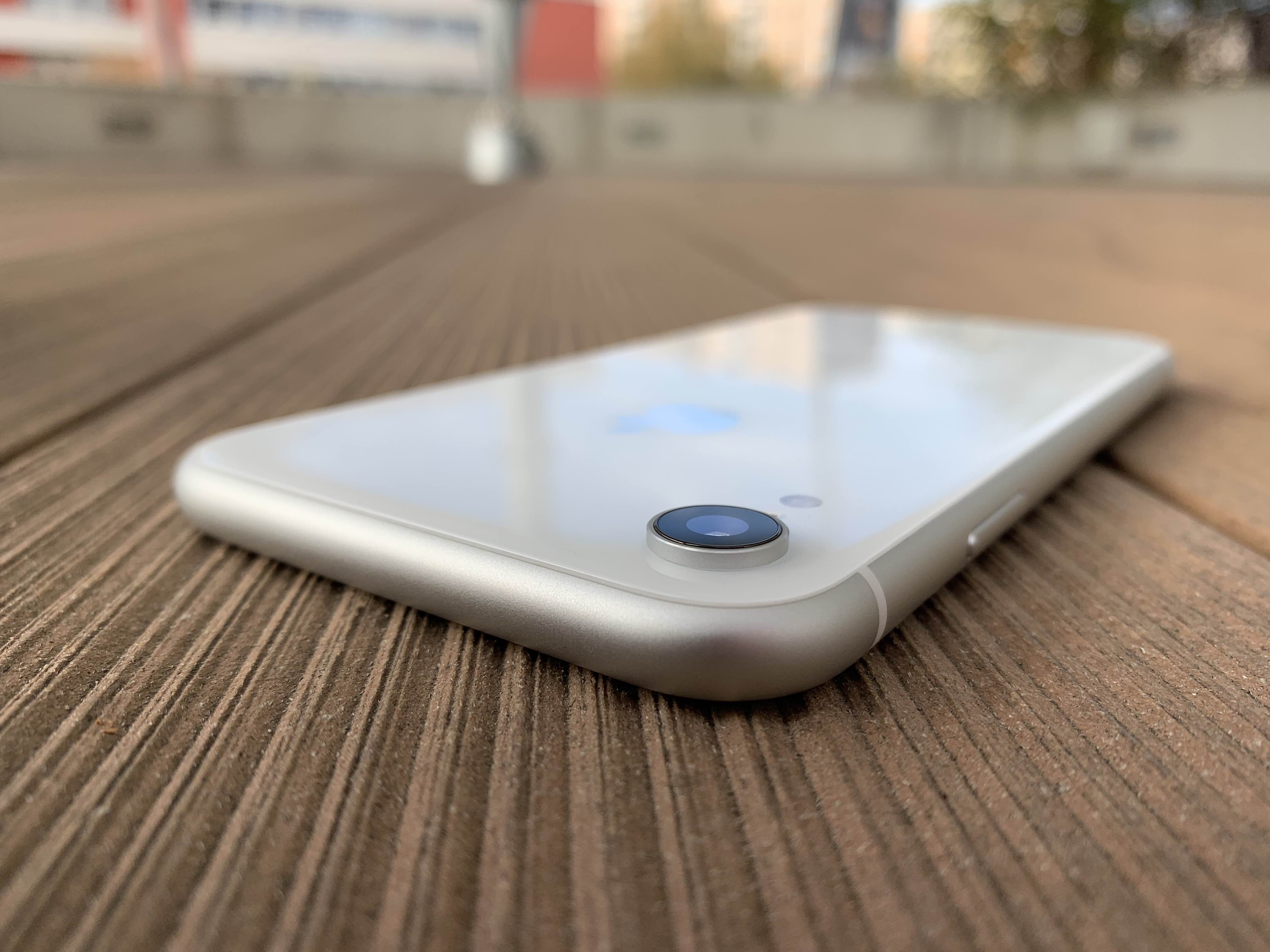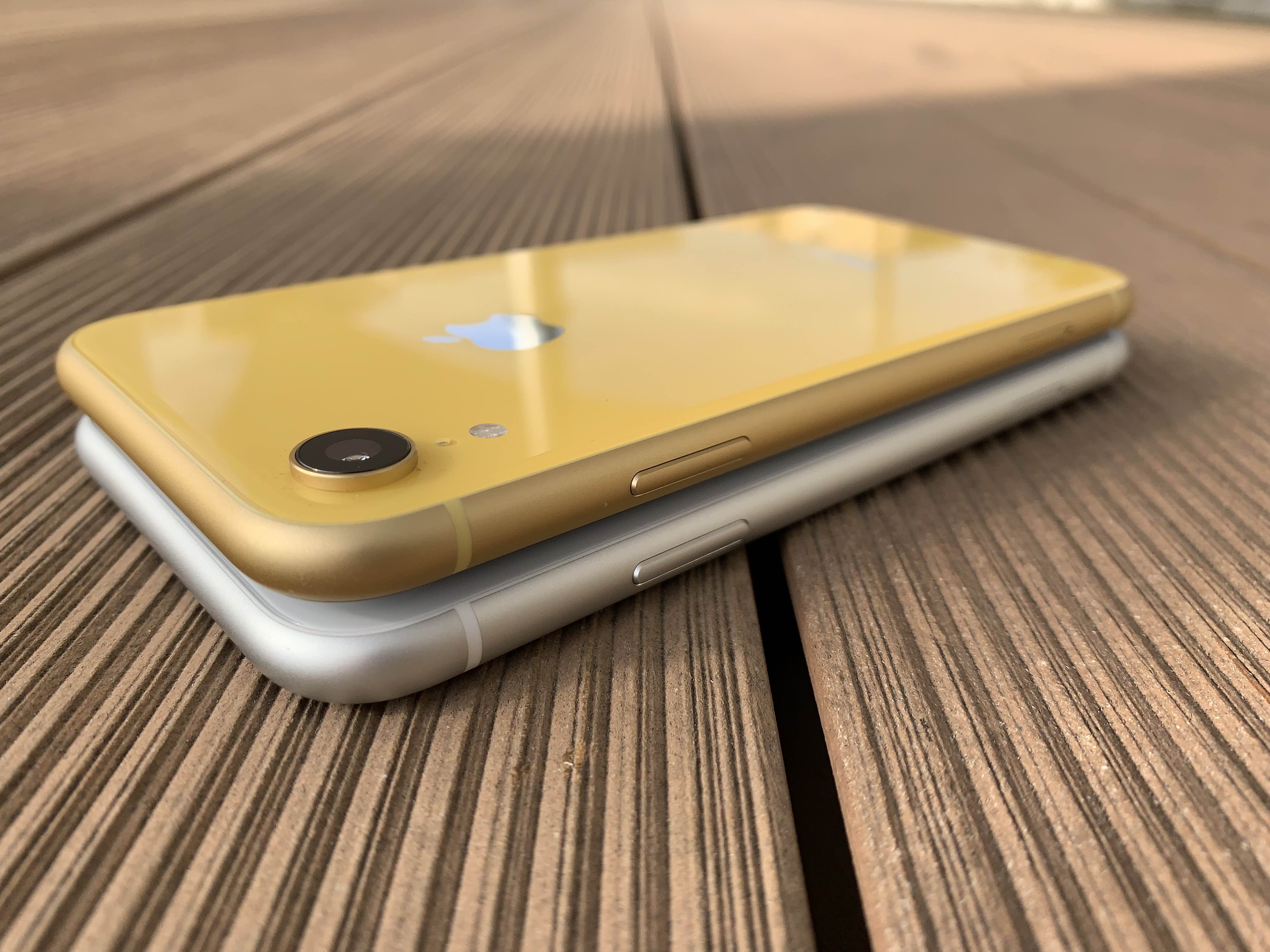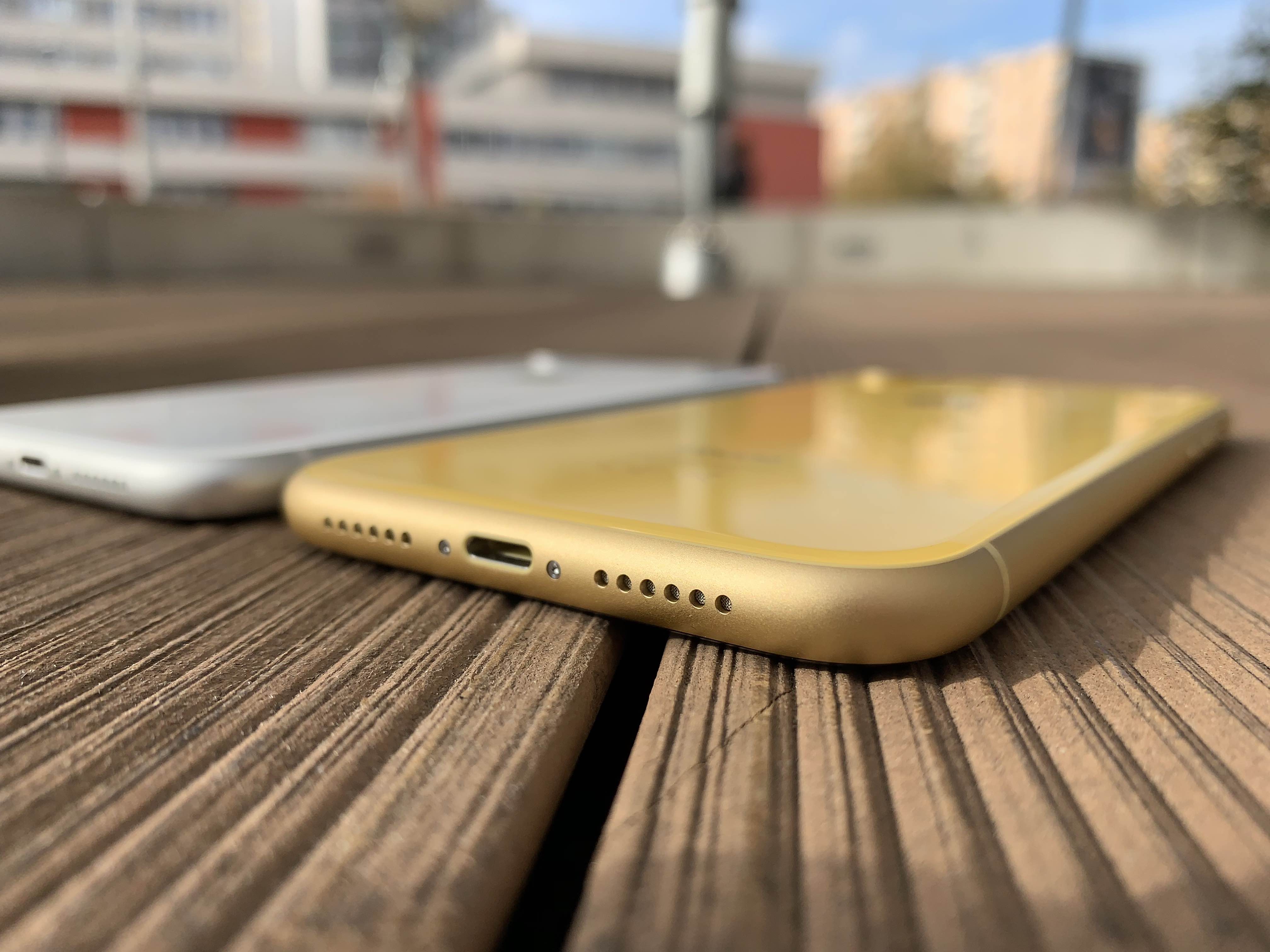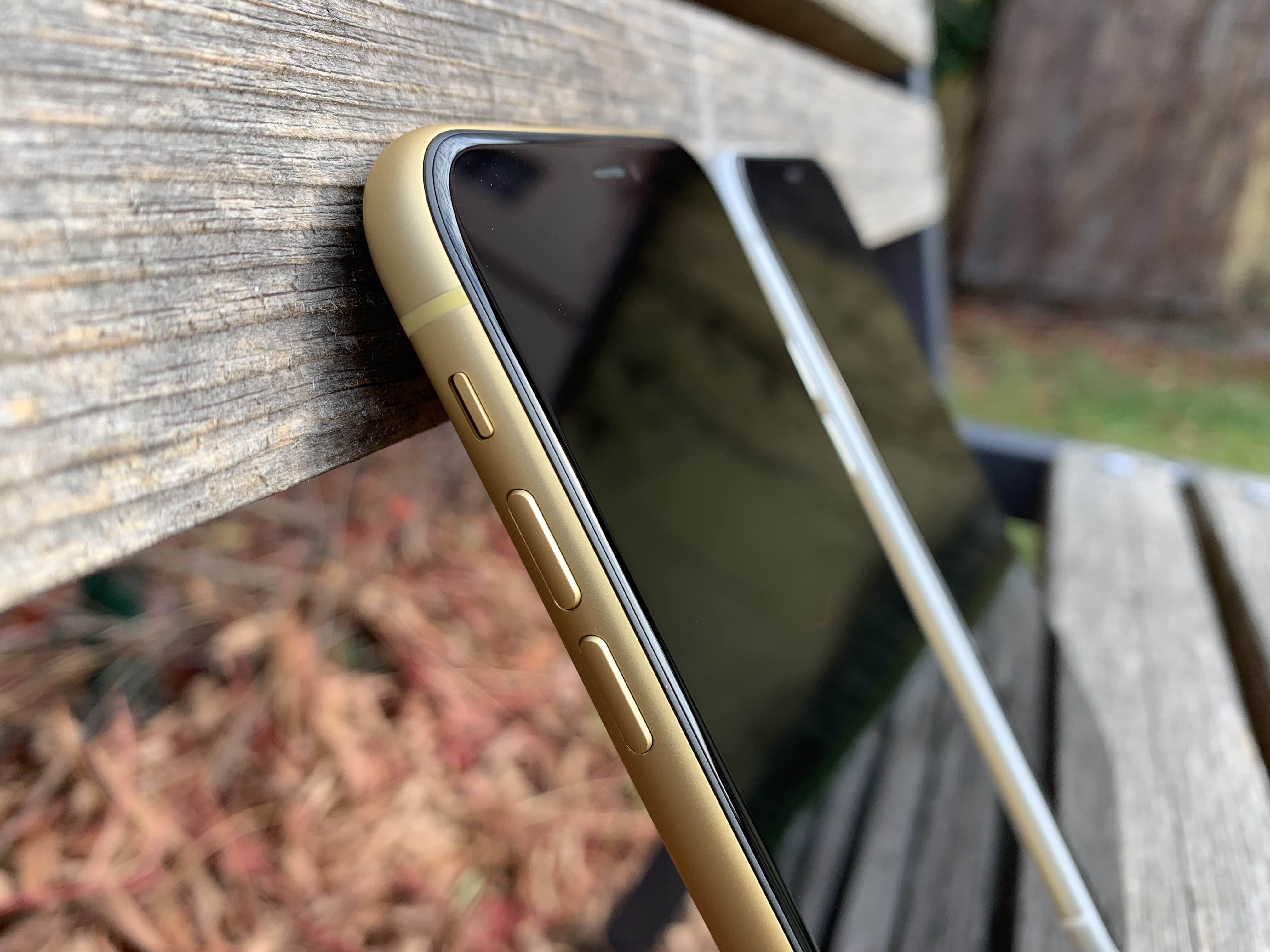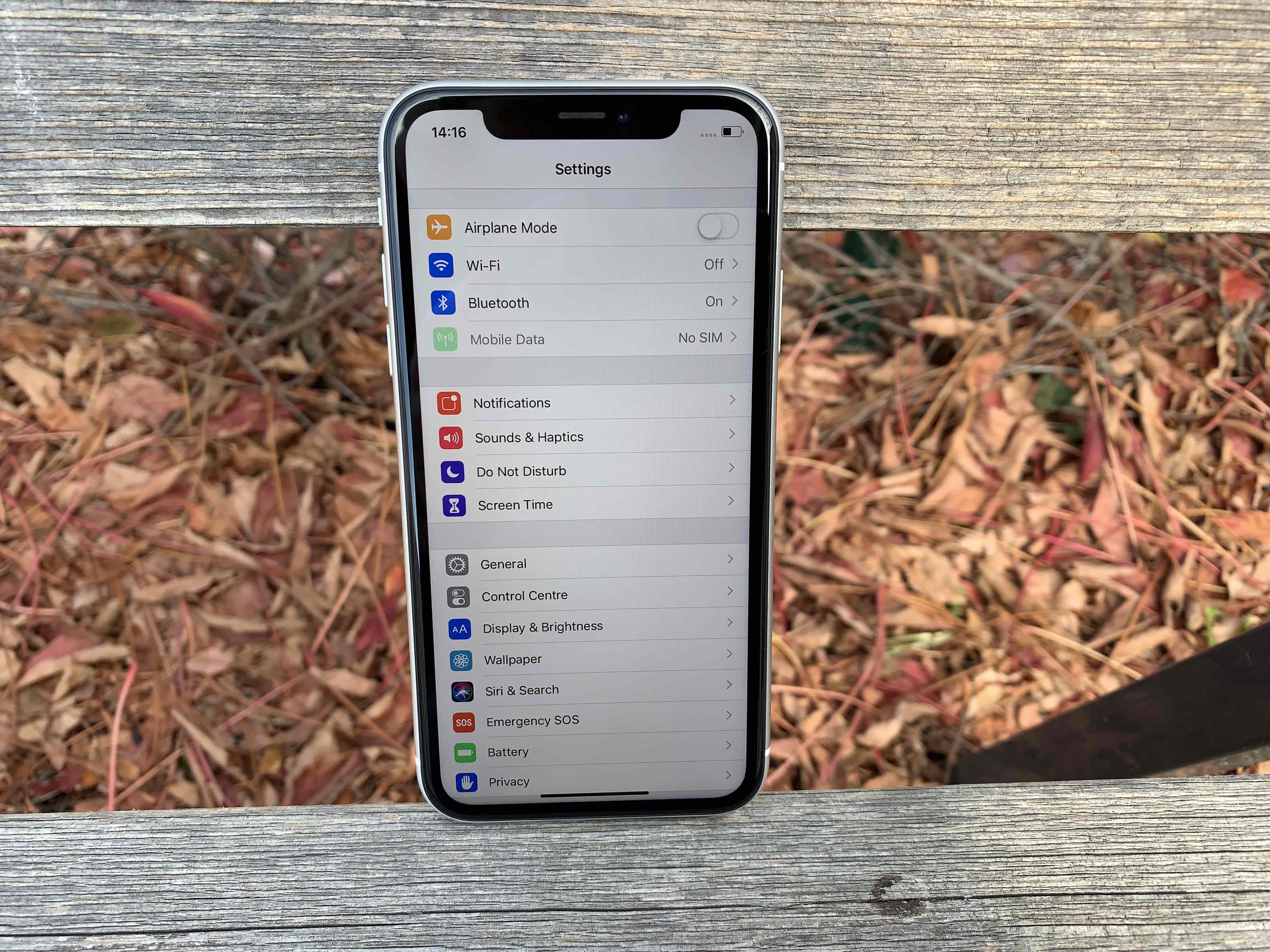Apple is finally saying goodbye to its iconic desktop button, i.e. the Home Button. Of course, we could first see it right away in the iPhone 2G. A fundamental improvement, when it integrated Touch ID, then came in the iPhone 5S. Now the company has gotten rid of it in the iPad, and it's only a matter of time before the iPhone SE 3rd generation dies as well.
Considering technological advances, 15 years is a long time to hold onto one design element. If we're going to consider the Home Button with Touch ID, since the iPhone 5S was introduced nine years ago, in September 2013, it's also still a disproportionate amount of time considering the direction in which technology is developing.
The functionality of the desktop button was clear and had its place in devices in its time. But Android phones, which also offered a fingerprint scan, had it on their back and thus could offer a larger area for the display on their front surface. Apple did not engage in such a design change and came straight with Face ID in the iPhone X, while on more advanced iPads it integrated Touch ID into their power button (iPad Pros also have Face ID).
It could be interest you
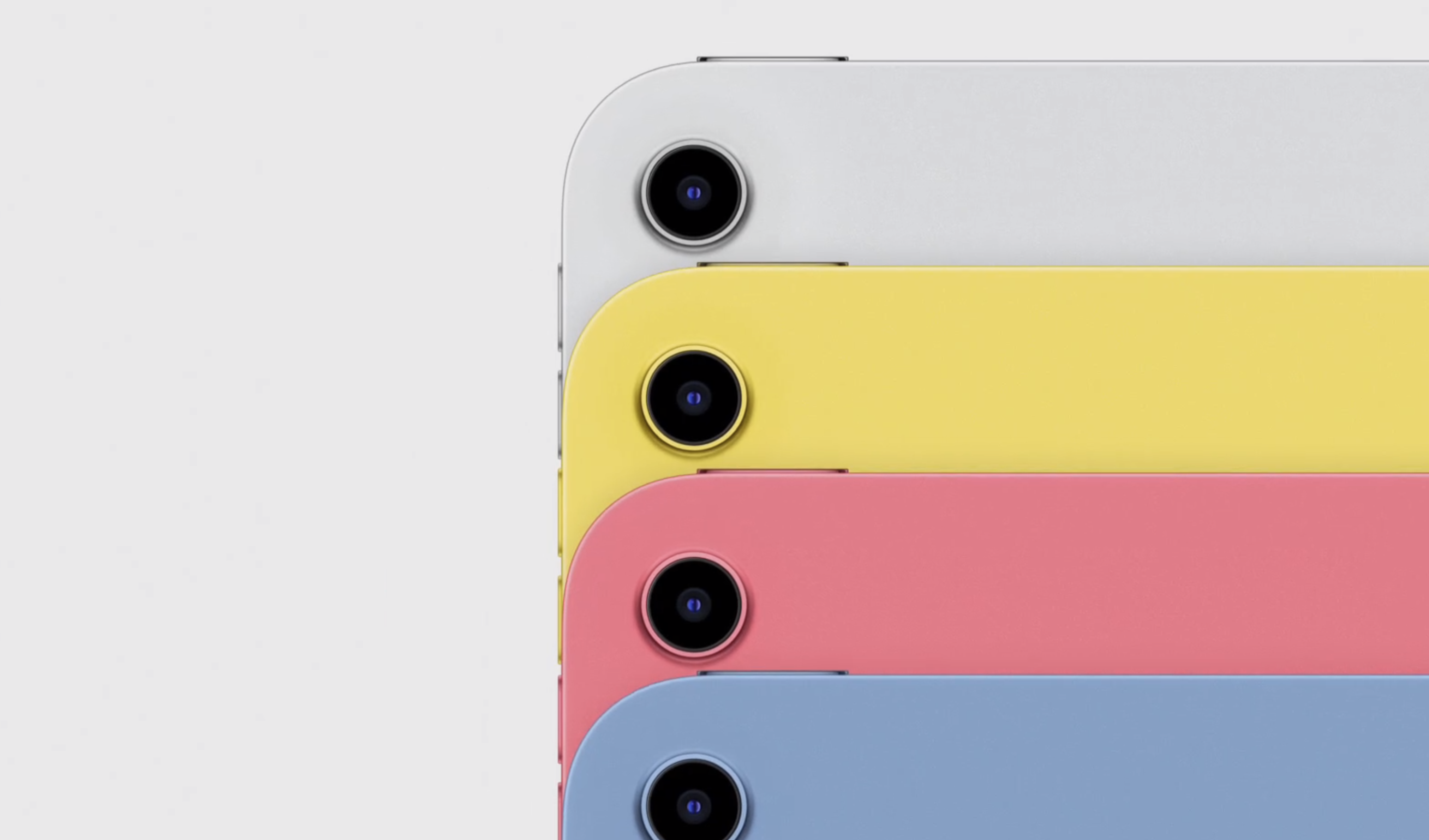
The last two survivors
So here we have only two exotics that still survive after the iPod touch was removed from Apple's portfolio, and it is clear that they already have it figured out. Apple introduced the 10th generation iPad, which also has Touch ID in the power button, and thus clearly adopted the design language established by the iPad Pro, which was still the first to adopt the iPad Air and iPad mini. Although the company still sells the 9th generation iPad, it is unlikely that it will get any rejuvenation. When we get to the iPad of the 11th generation, it will be based on the current innovation, it will be cheaper, and the iPad 9 will definitely drop out of the portfolio, which means that Apple will get rid of the last iPad with the classic Home Button.
The second case is of course iPhones, namely iPhone SE 3rd generation. It is still relatively young, as Apple introduced it only in the spring of this year. So it cannot be assumed that the company would update it right next year, but theoretically in 2024 we could expect the 4th generation of this "affordable" iPhone, which should also finally be based on the iPhone XR, which the company introduced in 2018 and which it already has a bezel-less design - that is, one that lacks Touch ID and authenticates users by scanning their faces through Face ID.
Removal brings only benefits
Just as Apple is clumsily clinging to Lightning, it is pursuing the same strategy with this legacy technology. It is true that the Home Button is more convenient to use than touch gestures, especially for older users, but here Apple should think more about a special "simplifying" iOS system. In addition, older users will appreciate the larger display, as more elements can fit on it. After all, try to set the maximum text size, bold text on the 4,7" display and give it a try Display settings like Larger text. You can't fit anything on such a small display, not even the menus, which are shortened and you just have to guess what they actually contain.
It could be interest you
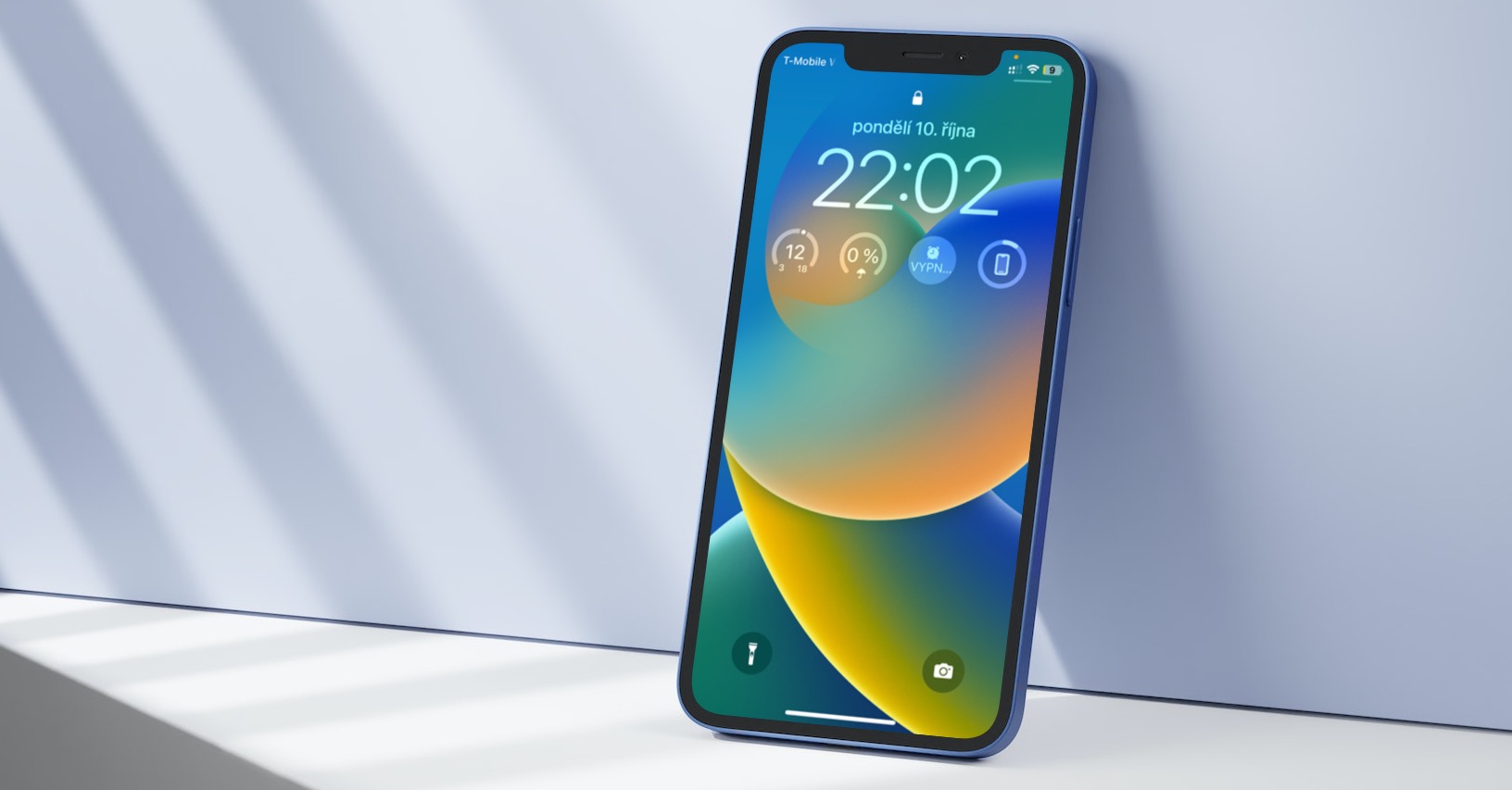
Even if we lose one iconic element with the departure of the 9th generation iPad and the 3rd generation iPhone SE, few will miss it. Its removal brings only benefits and there is no reason to artificially extend its life in any way. In our own opinion, we should not have had the current form of the iPhone SE 3rd generation here at all, and it should have been based on the iPhone XR. The fact that Apple still offers the 9th generation iPad is probably only due to affordability, when it simply priced the 10th generation unnecessarily high.


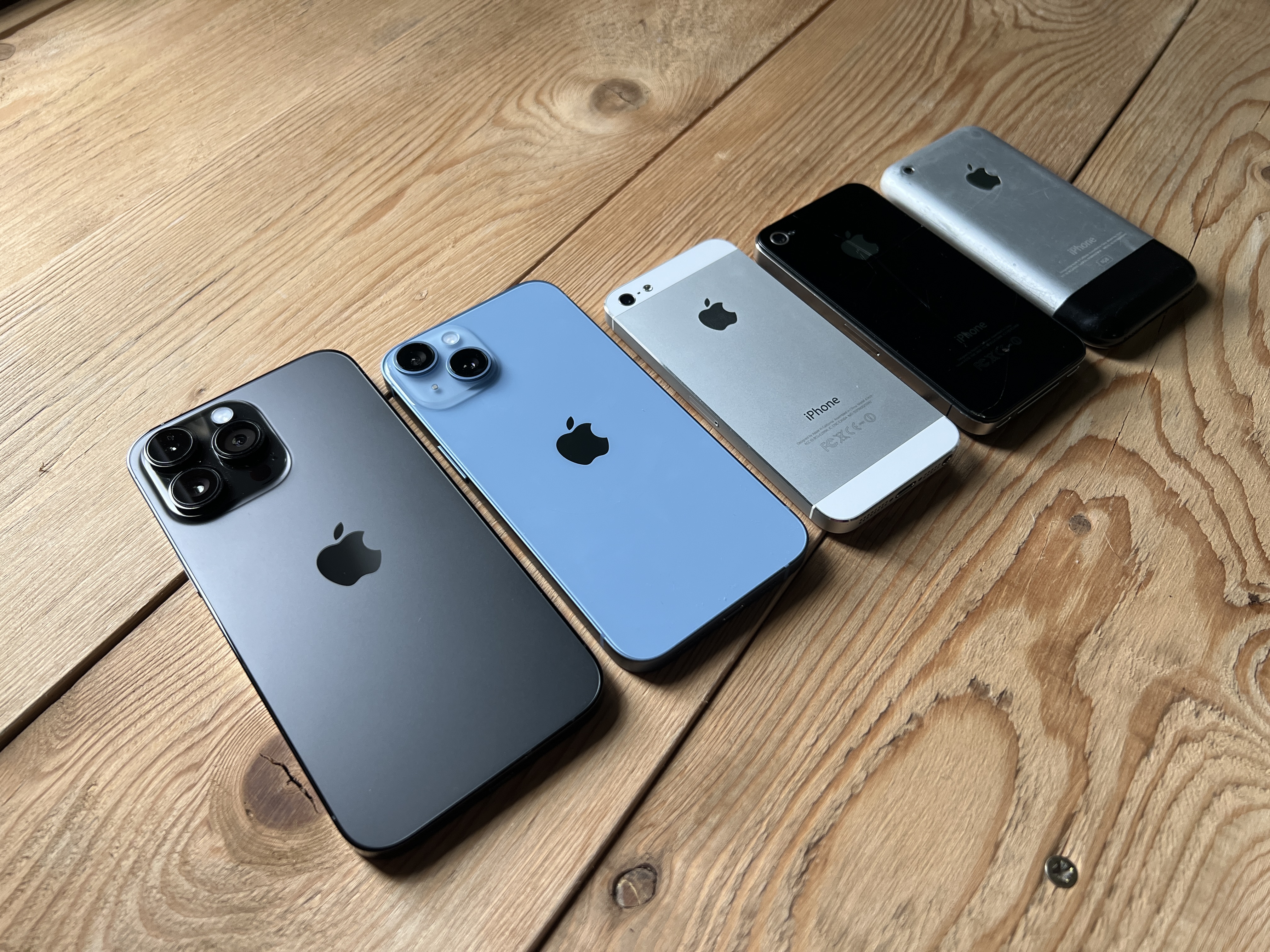


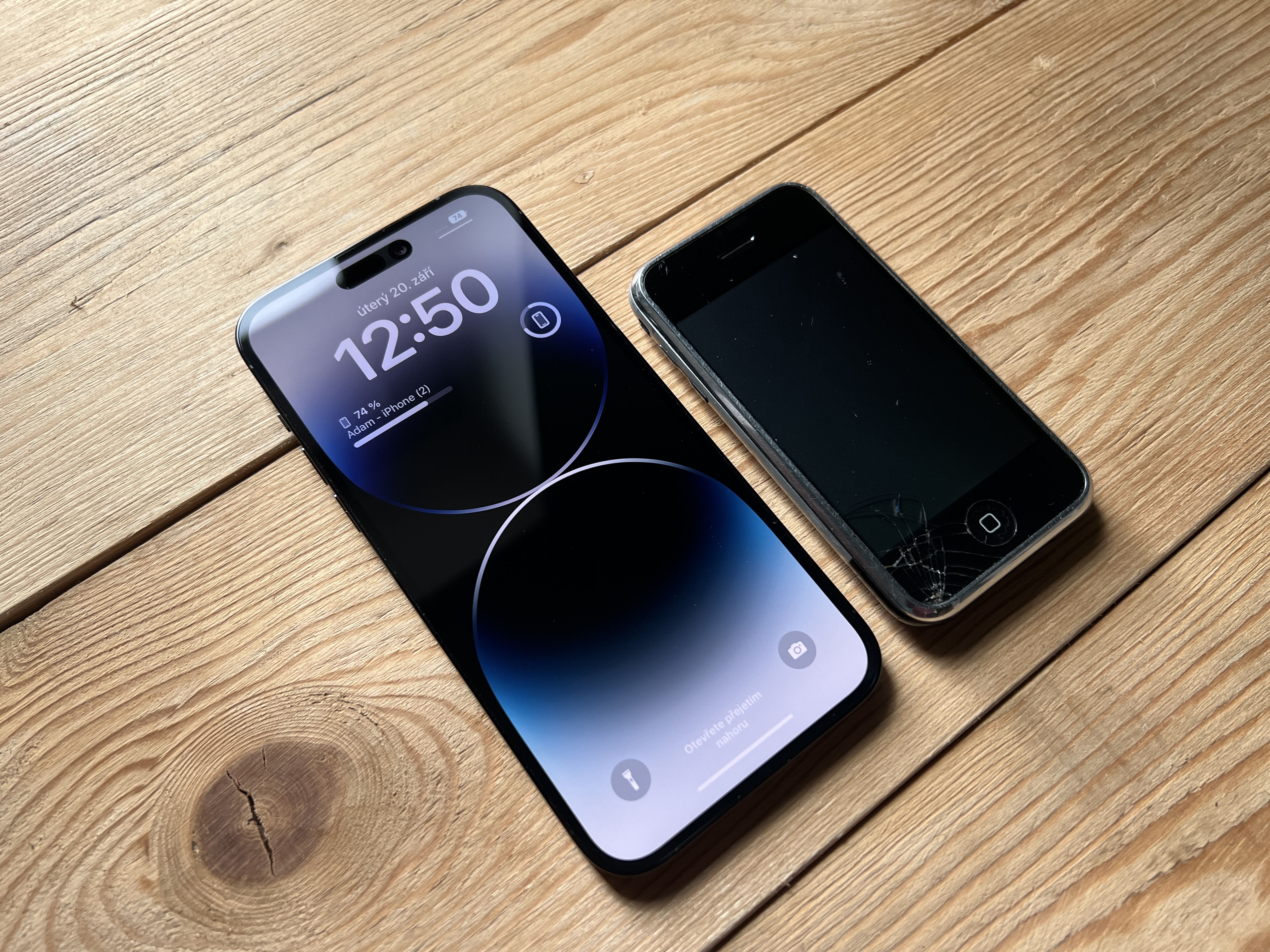
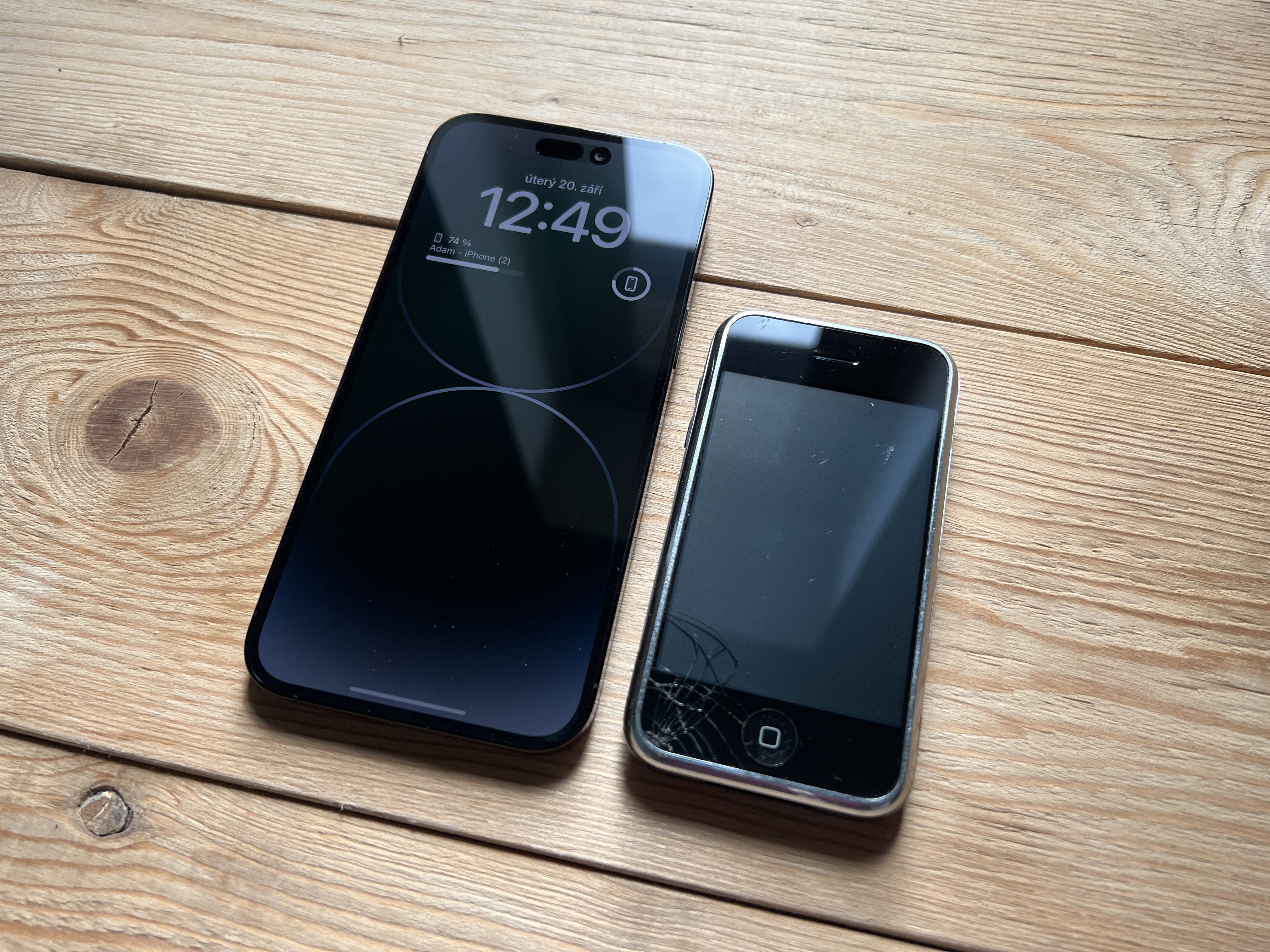

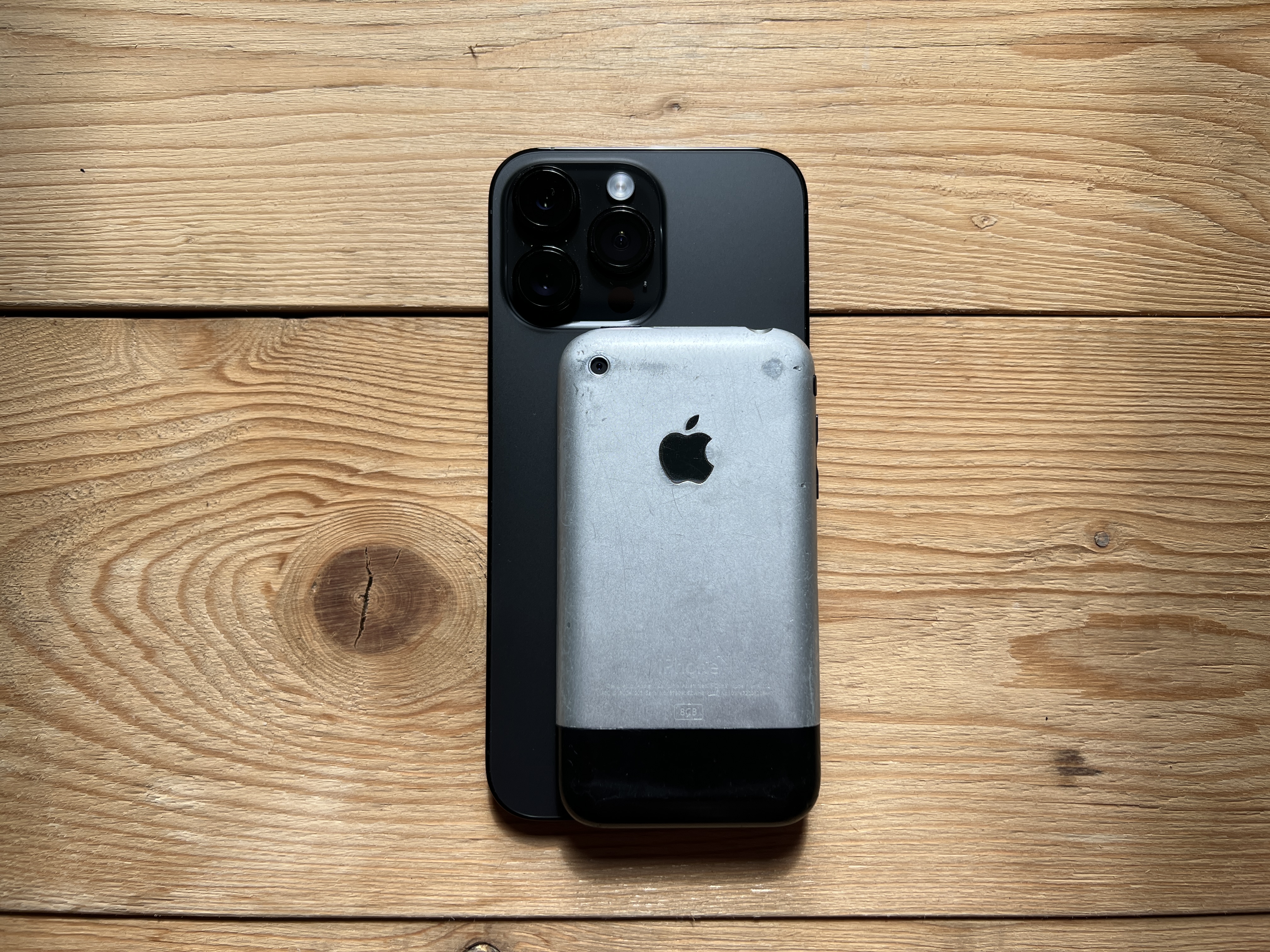
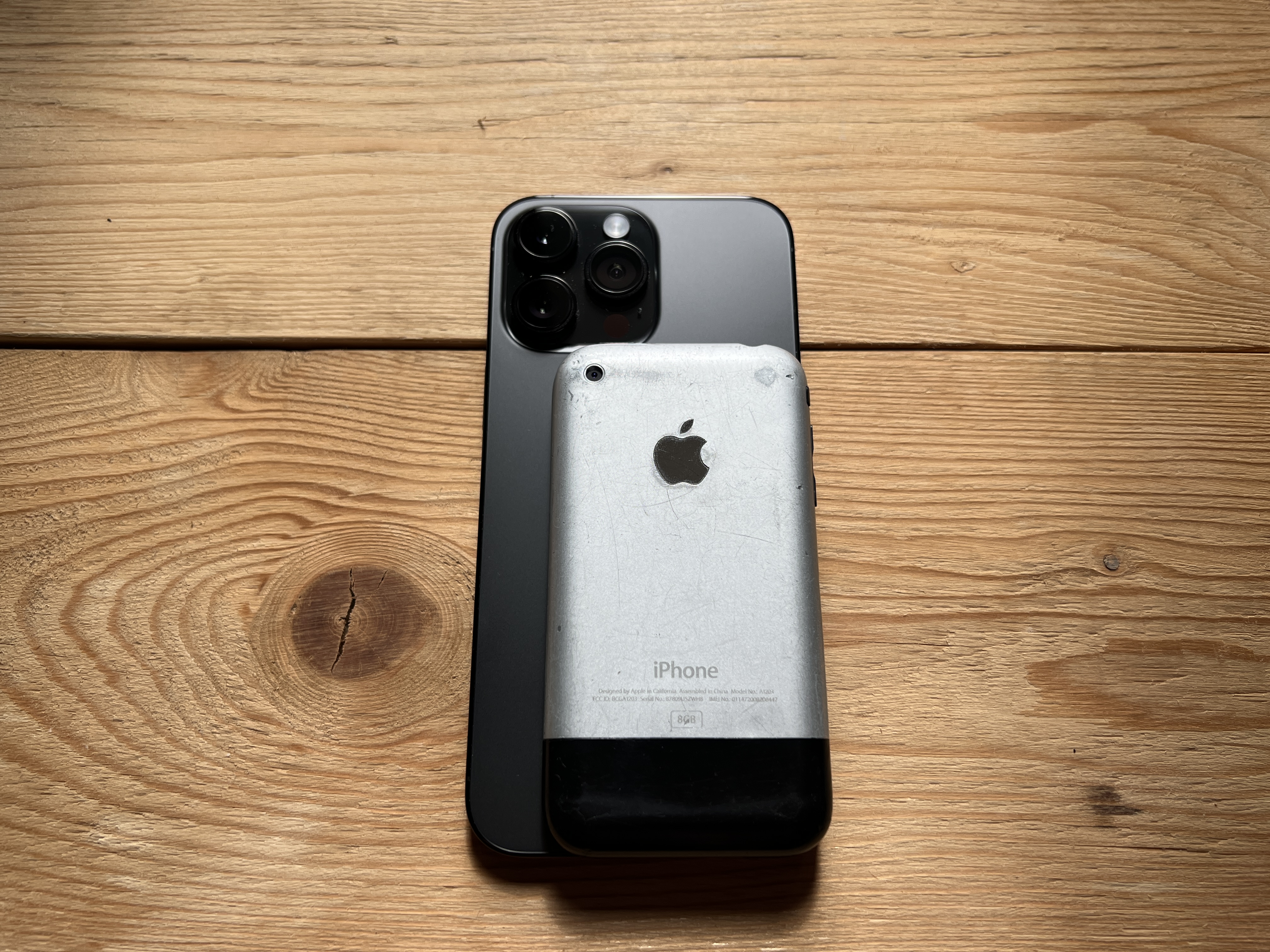

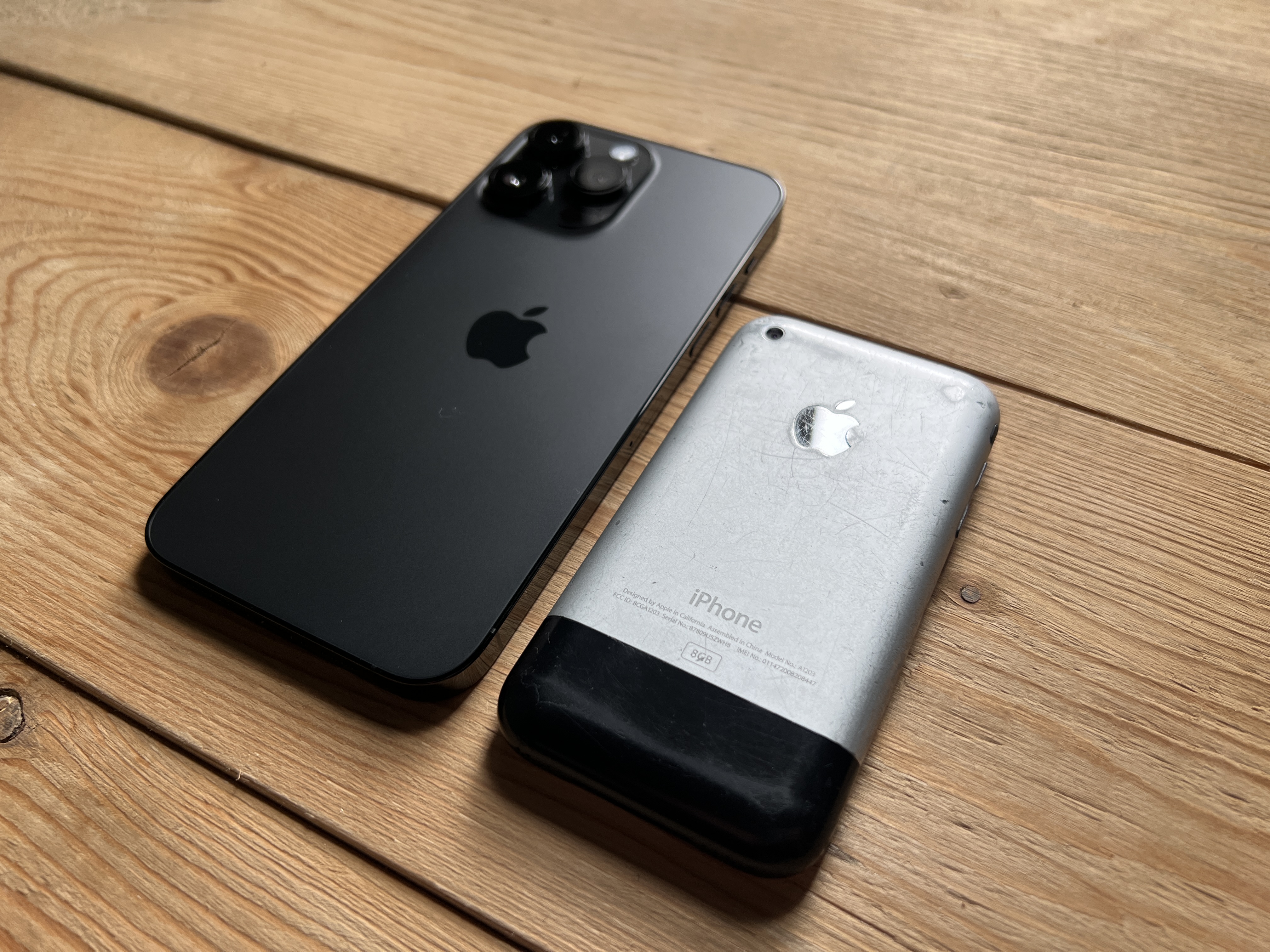
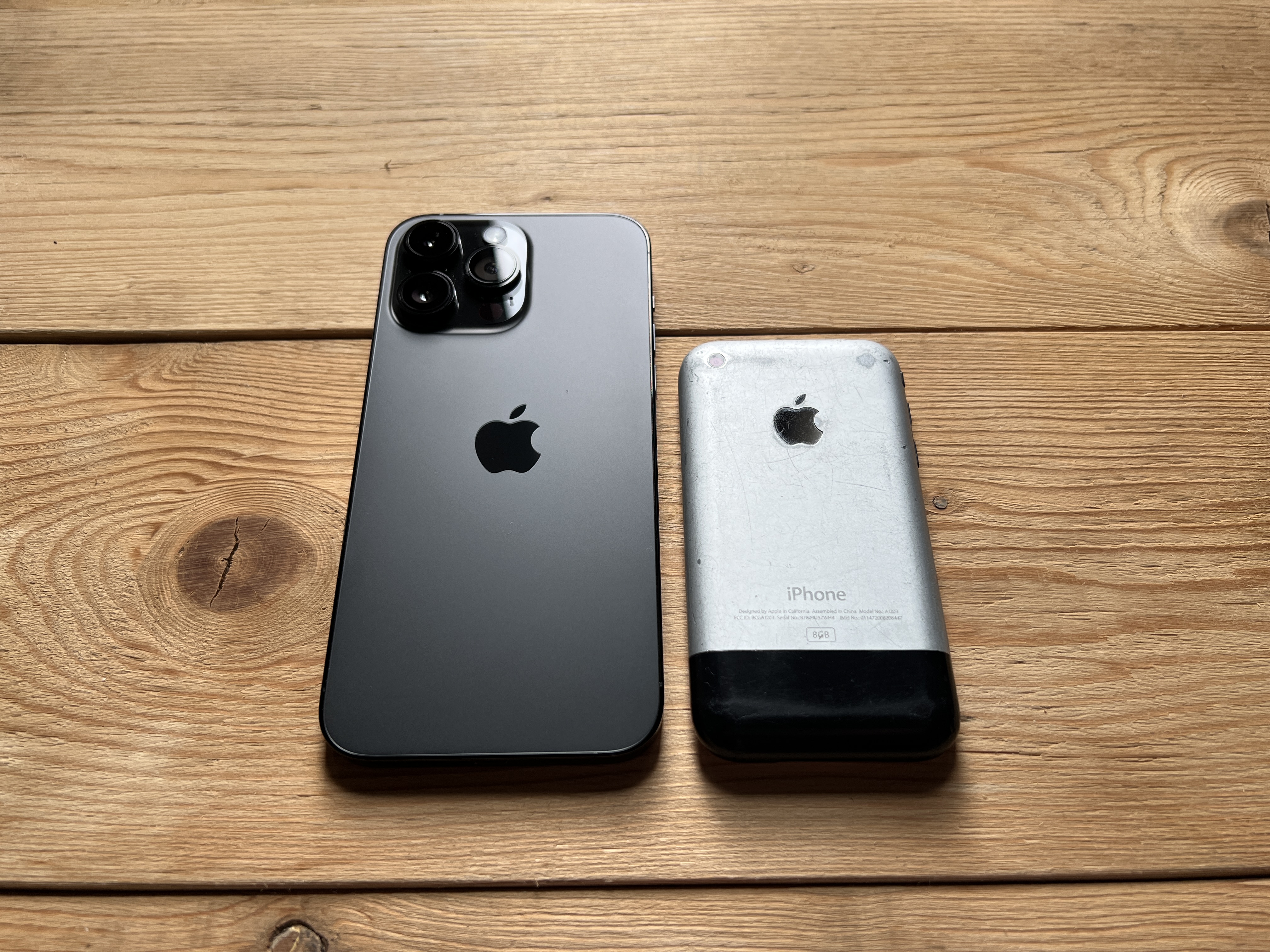
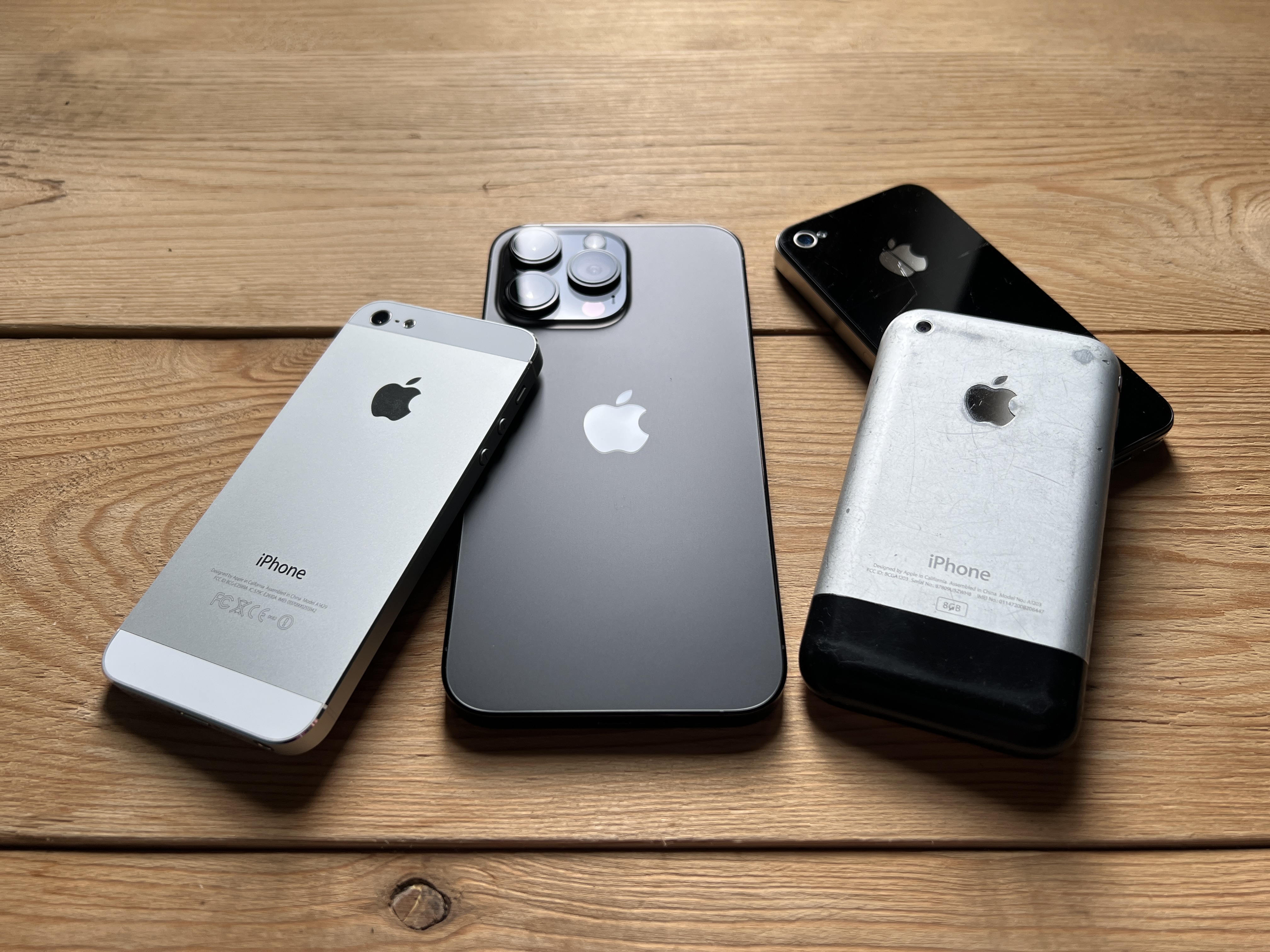
 Adam Kos
Adam Kos 